It is one of the most critical factors a homeowner looks at when choosing a bathtub. Tubs are, after all, a centerpiece in the bathroom—an investment. Other common materials you'll find on the market include acrylic tub and fiberglass tubs. Both are light in weight, low in cost, and attractive to the eye, but the performance of these composite materials is as different as day and night, especially in impact resistance.
If you've been debating which material is better, look no further. In this article, we will discuss why acrylic tubs always test better than fiberglass tubs.
By the end, you'll know why so many homeowners in the US love acrylic tubs—including those from Wellfor!
What Are Acrylic and Fiberglass Tubs?
Before we discuss impact resistance in detail, it's important to understand what distinguishes these two materials.
Acrylic Tubs
Molding sheets make an acrylic tub of durable plastic, often reinforcing them with fiberglass for additional support. The result is a smooth, non-porous surface that is impressively able to hold its shape and withstand wear and tear. Acrylic tubs are popular due to their stylish finish and long-term durability.
Fiberglass Tubs
Fiberglass tubs, conversely, are constructed using layers of reinforced plastic coated with a gel-like resin for a glossy finish. Although they're lightweight and cost-effective, fiberglass tubs are generally less sturdy. Over time, they are more prone to cracking, scratching, and discoloration.
Now that we know the basics let's uncover why acrylic tubs perform better, especially in impact situations.
The Science Behind Impact Resistance
Impact resistance measures a material's ability to withstand sudden force or pressure without deforming or cracking. When talking about bathtubs, this could mean anything from surviving a dropped showerhead to enduring the occasional unintentional bump. Here's where acrylic tubs shine.
1. Material Structure:
· Acrylic tubs have a more flexible nature compared to fiberglass tubs. Their acrylic surface is molded to absorb shocks and redistribute force evenly.
· Fiberglass tubs, in contrast, are brittle because they rely on a resin coating. A hard impact can lead to cracks that weaken the bathtub over time.
2. Reinforcements in Acrylic Tubs:
High-quality acrylic tubs, such as those offered by Wellfor, are reinforced with fiberglass during manufacturing. This added strength layer makes them even more resistant to dents or cracks while maintaining flexibility. Fiberglass tubs lack this dual-layer durability.
3. Non-Porous Surface:
Acrylic tubs feature a smooth, non-porous surface, making them less likely to develop micro-cracks. These small fissures can expand over time, especially following an impact. Fiberglass, being more porous, is more susceptible to cracking and chipping under similar conditions.

4. Durability Testing:
Impact tests often simulate real-world scenarios, such as dropping a heavy object or placing weight on the tub's edge. Acrylic tubs consistently outperform fiberglass tubs by maintaining their structure and surface finish under such tests.
Benefits of Acrylic Tubs in Real Life
Now that we've discussed how acrylic tubs excel in lab-tested impact scenarios let's look at real-life advantages that make them a better choice for your home.
1. Extended Lifespan
· On average, an acrylic tub lasts 10-15 years or more with proper care, far outpacing the fiberglass tubs' lifespan, usually 10 years or less.
· Acrylic's impact resistance ensures that your tub won't need frequent repairs or replacements due to damage.
2. Minimal Maintenance
· A non-porous surface makes acrylic tubs resistant to stains, chips, and scratches. Even after years of use, they maintain their glossy finish.
· Fiberglass tubs, in contrast, are more prone to staining and may require resealing or refinishing after sustained use.
3. Comfort and Aesthetics
· Acrylic tubs are smooth and retain heat well, making your bath experience more comfortable.
· Fiberglass tubs, while lightweight, can feel rough over time as the gel coating wears away.
4. Value for Money
· Although acrylic tubs tend to be pricier upfront, their strong impact resistance and lower maintenance costs make them a cost-effective choice in the long run.
· Fiberglass tubs may be cheaper initially but can incur higher costs due to repair needs and early replacements.
Why Choose Wellfor Acrylic Tubs?
When shopping for a high-quality acrylic tub, choosing a brand that prioritizes both durability and design is essential. Wellfor offers a range of acrylic tubs designed for performance and style. Here's what sets Wellfor apart:
· Superior Reinforcement: Wellfor acrylic tubs are built with layers of fiberglass reinforcement, providing unmatched impact resistance.
· Stylish Options: Whether looking for a sleek modern tub or a more traditional style, Wellfor has diverse options to suit your bathroom's aesthetic.
· High Durability: Engineered for strength, these tubs stand up to the demands of daily use without showing signs of wear.
· Eco-Friendly Manufacturing: Wellfor's commitment to environmentally friendly production methods means you can feel good about your purchase.
How to Care for Your Acrylic Tub
While acrylic tubs are known for their durability, proper care will help maximize their lifespan. Here are some simple tips:
· Clean Gently: Use mild, non-abrasive cleaners to maintain the glossy finish. Avoid harsh scrubbing tools that could scratch the surface.
· Avoid Dropping Heavy Items: While acrylic tubs are impact-resistant, handling heavy objects with care is still wise.
· Rinse After Each Use: This prevents soap scum and dirt from building up, keeping your tub looking fresh.
· Repair Small Scratches: Acrylic is relatively easy to repair. Minor scratches can often be buffed out using a repair kit.
When is Fiberglass Better?
While acrylic tubs take the crown when it comes to impact resistance, there are situations where fiberglass might still make sense:
· Budget Restrictions: Fiberglass tubs are a lower-cost alternative for projects where durability isn't the top concern, such as guest bathrooms or rental properties.
· Lightweight Needs: If you're concerned about overall weight, fiberglass tubs are slightly lighter than acrylic ones.
That said, the advantages of acrylic tubs far outweigh these specific scenarios.
Final Thoughts
The evidence is clear when it comes to choosing between acrylic and fiberglass. Compared to acrylic tubs, the Best Quality, Long Lifespan, and Color Retention are Non-Porous, non-absorbent scratch, Stain and Impact Resistant, and Easy to Clean. They're great-looking, low-maintenance, and can take the bangs and stresses of daily life like a professional. Wellfor is leading the way, and rest assured, it offers several stylish and practical choices that would look great in any home.
If you're looking to enhance your bathroom, an acrylic tub makes a smart choice for style and durability. After all, why settle for anything less than this bath working as hard as you do?

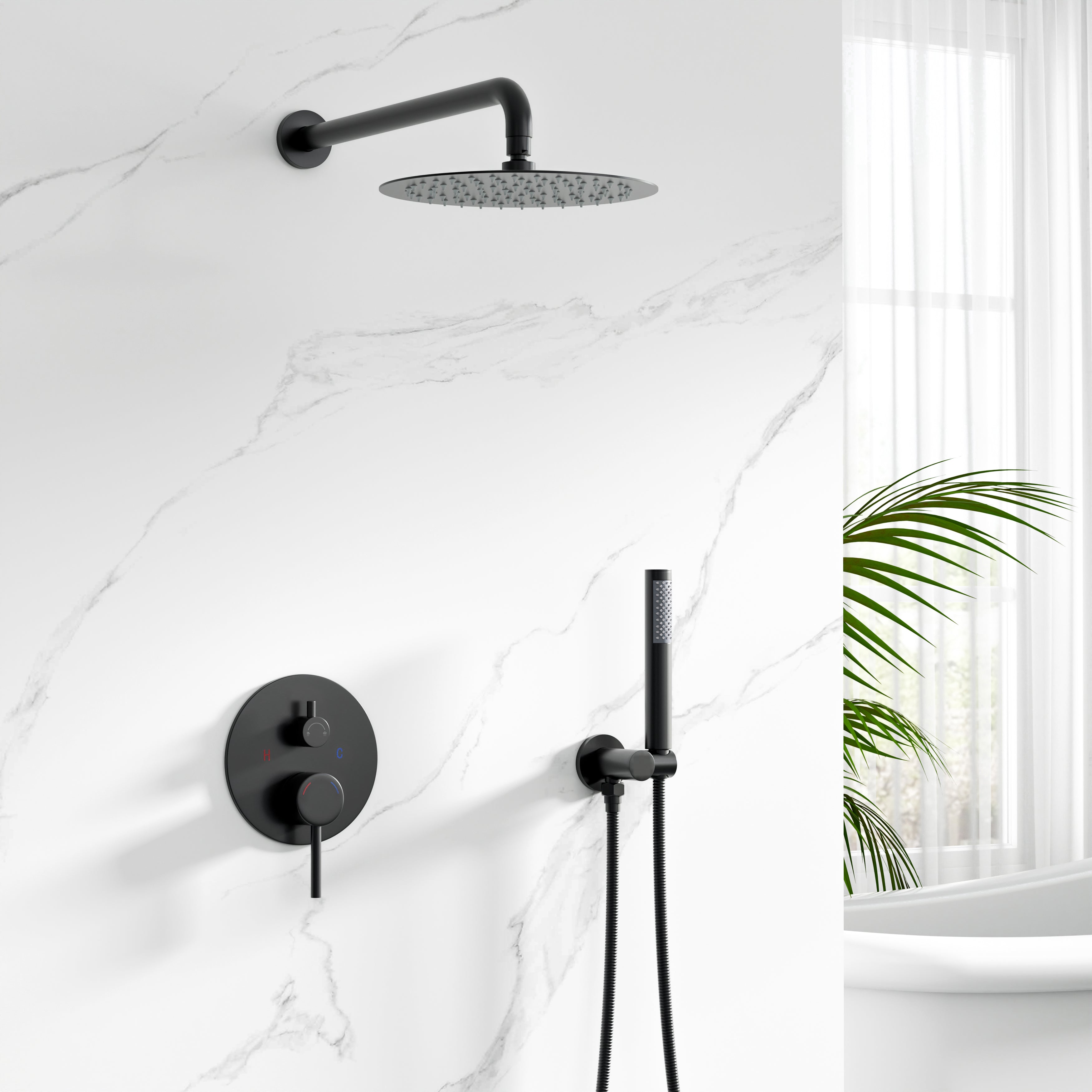
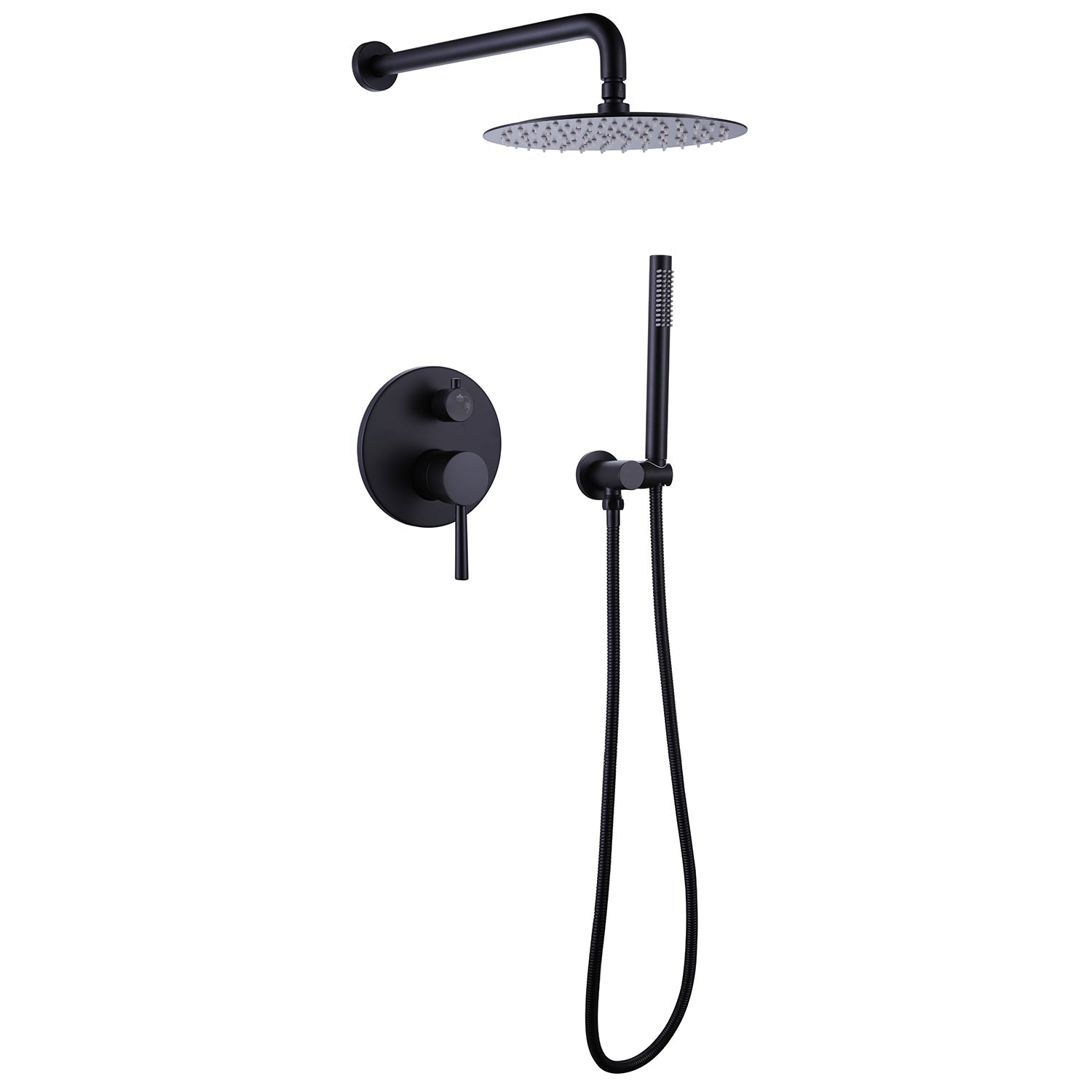


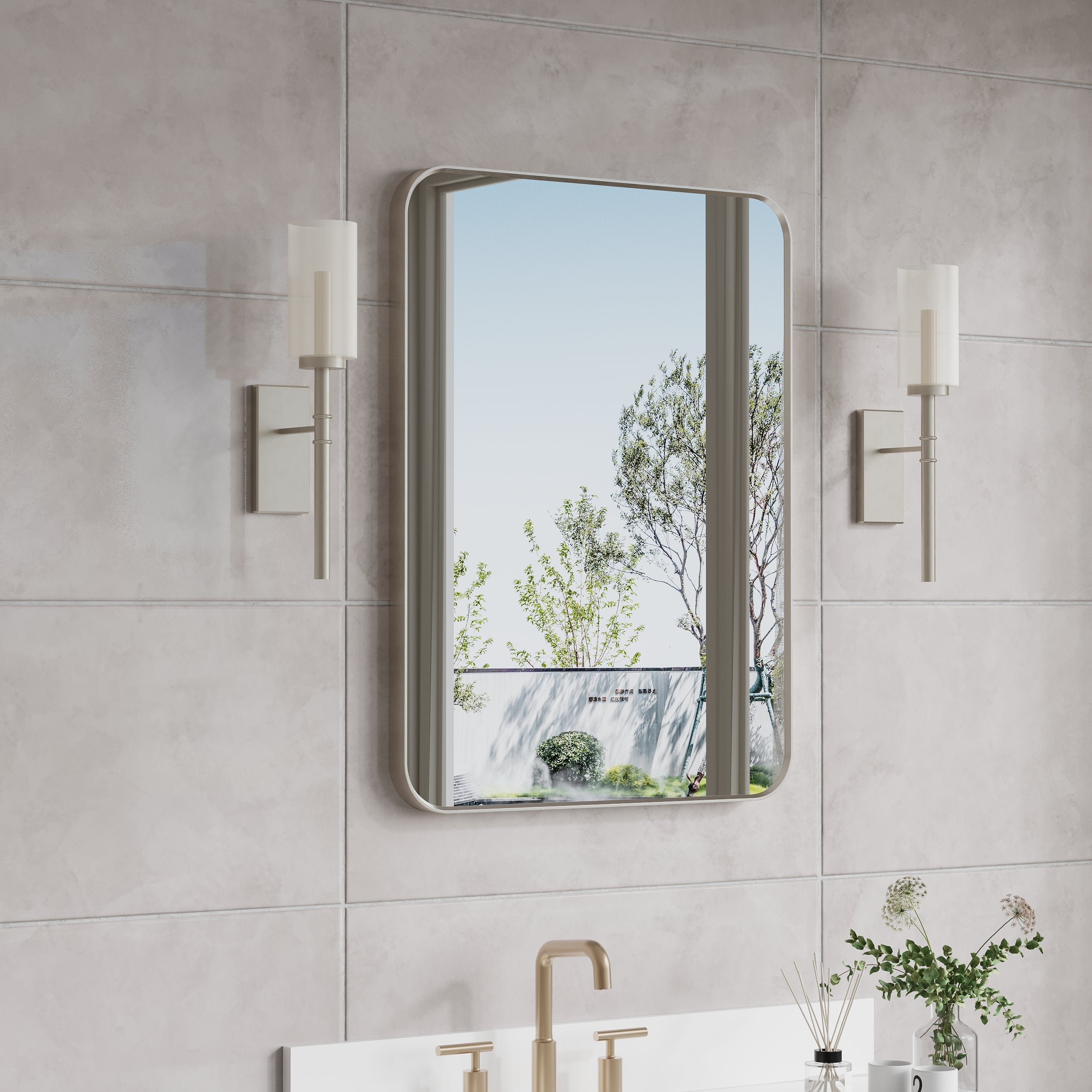
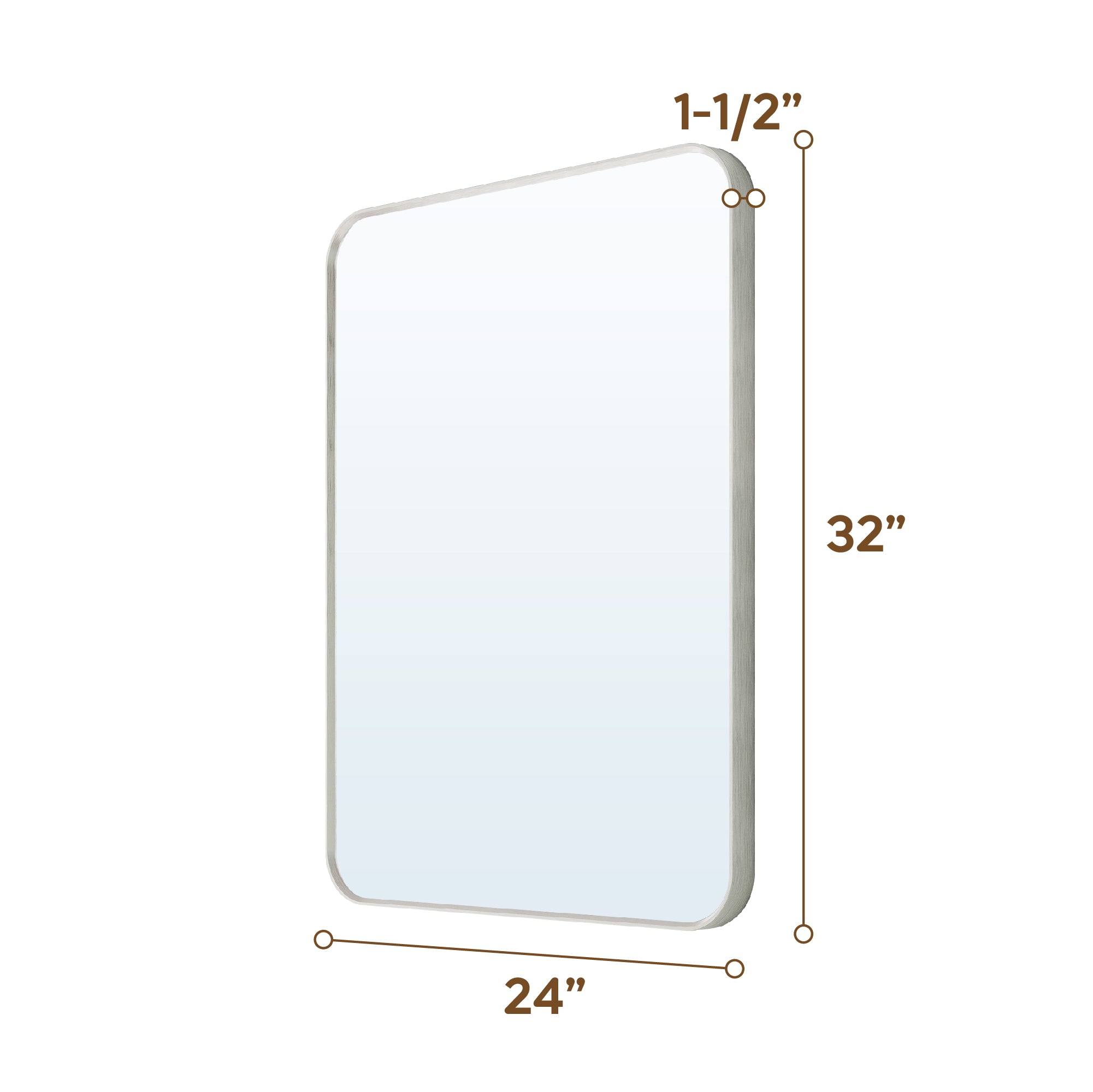





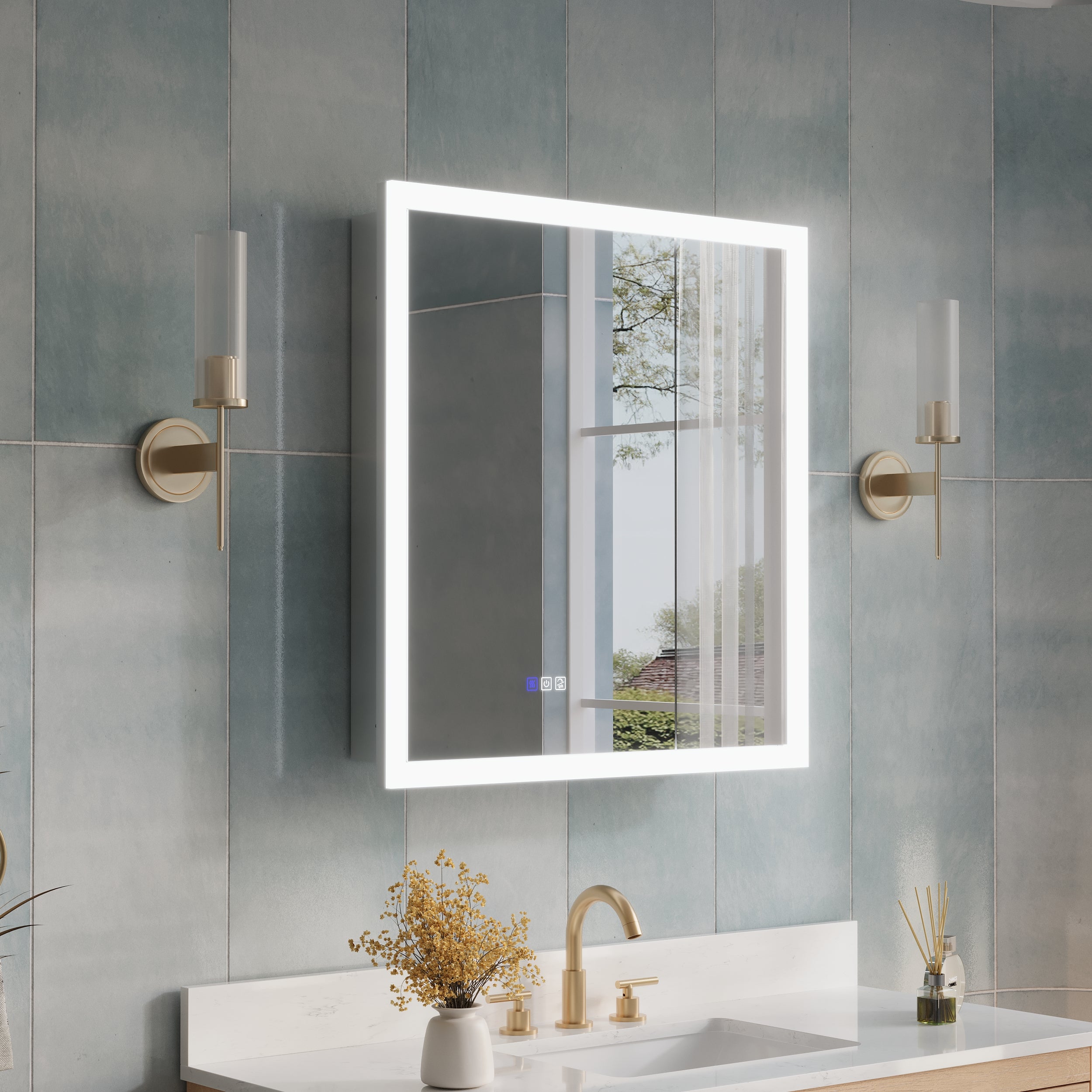

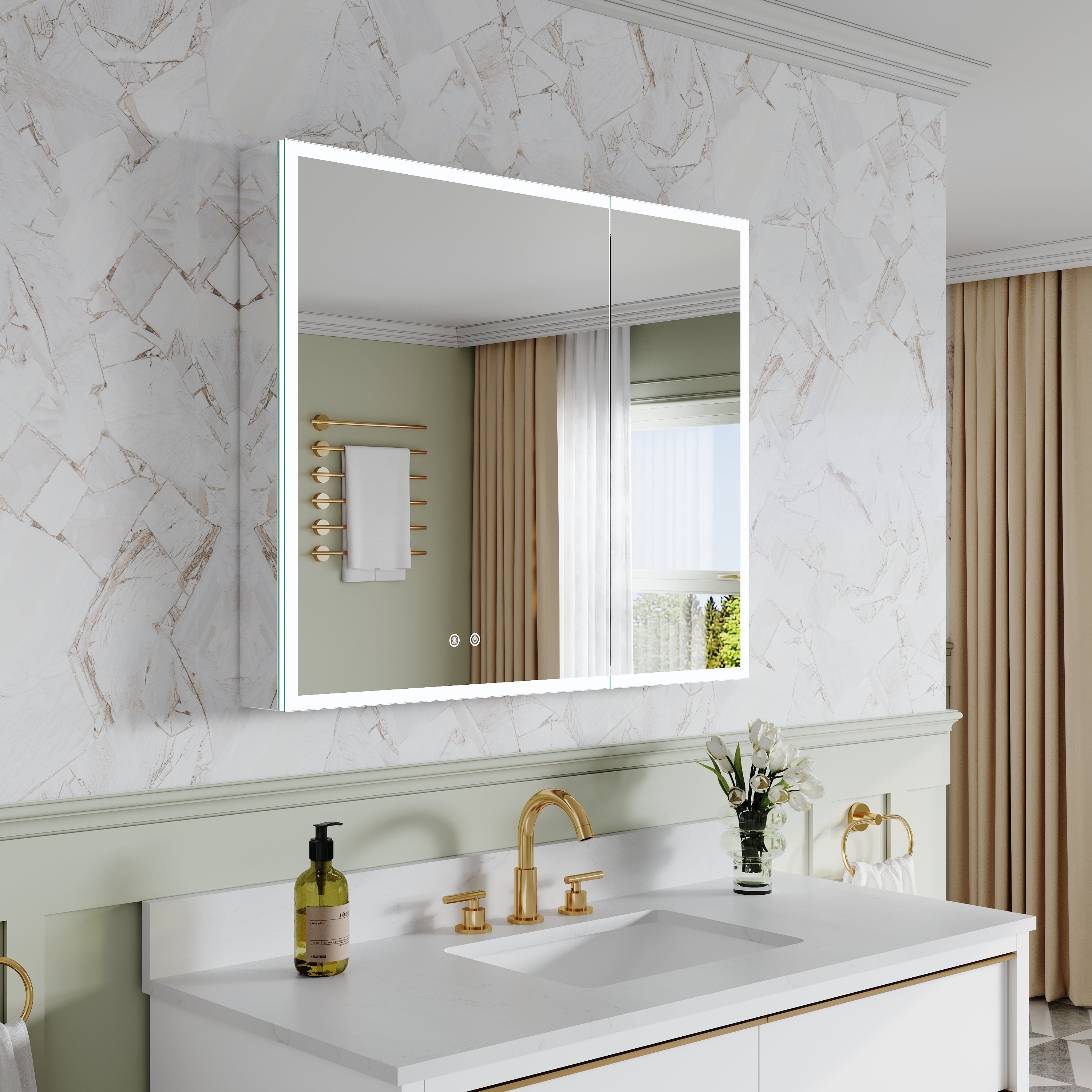
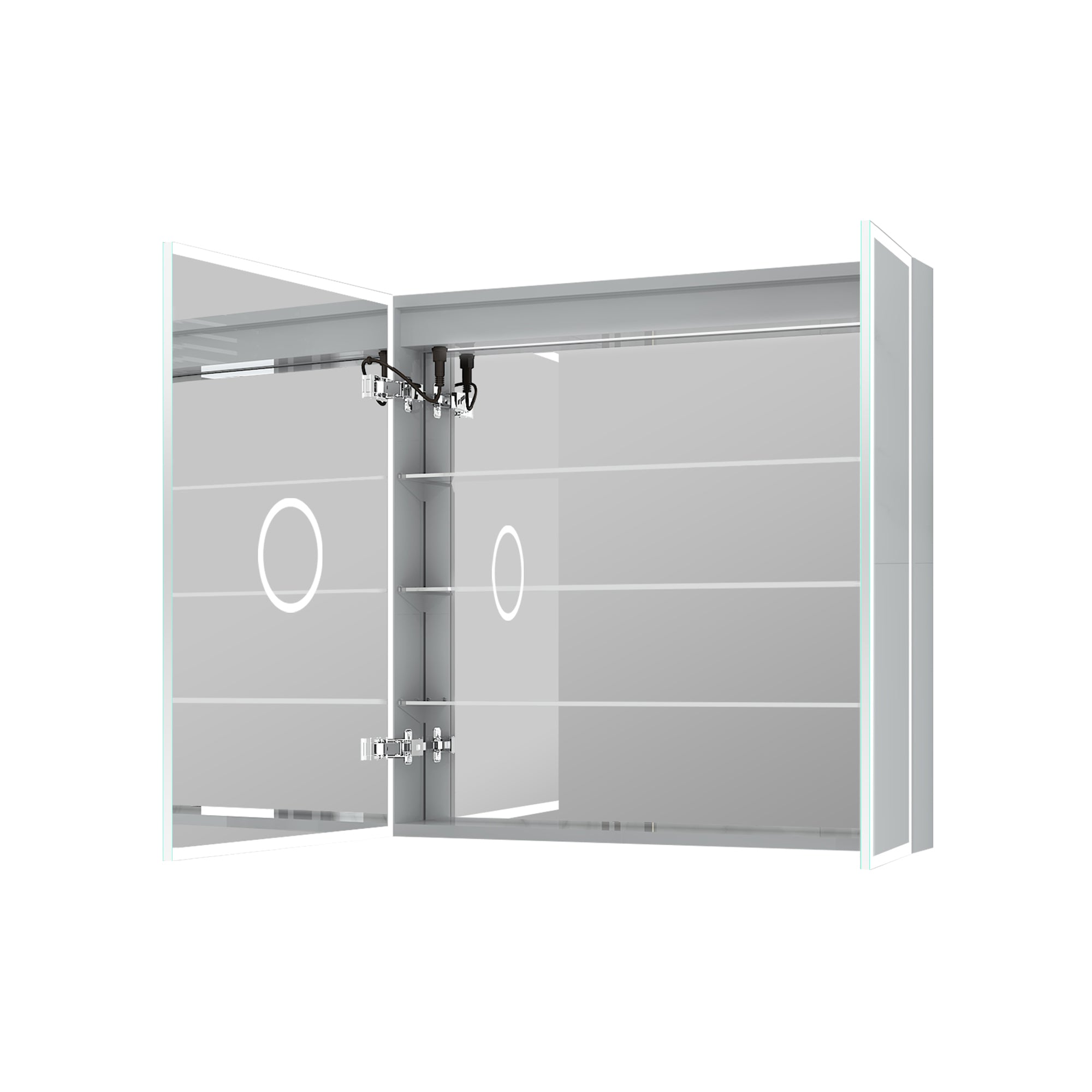


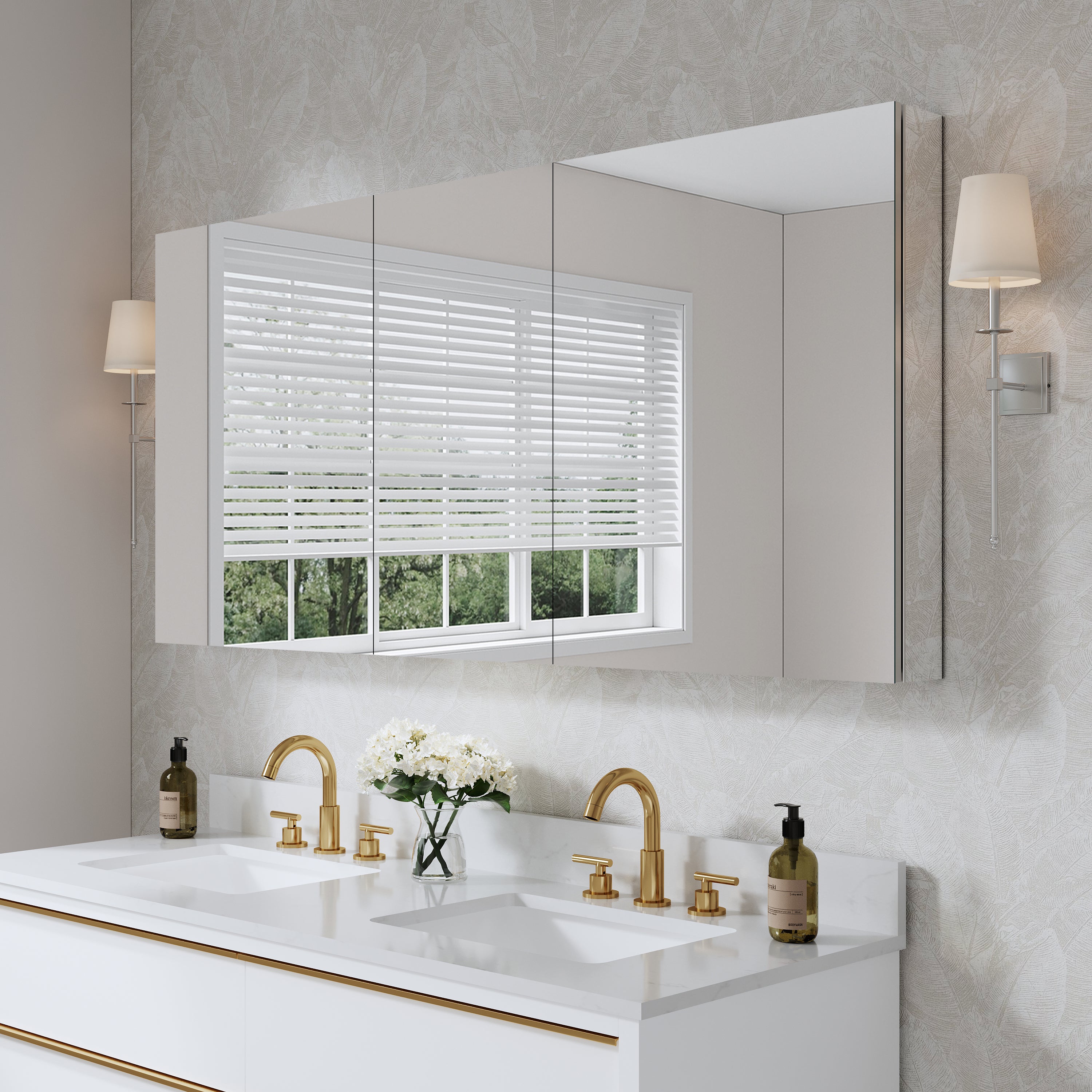

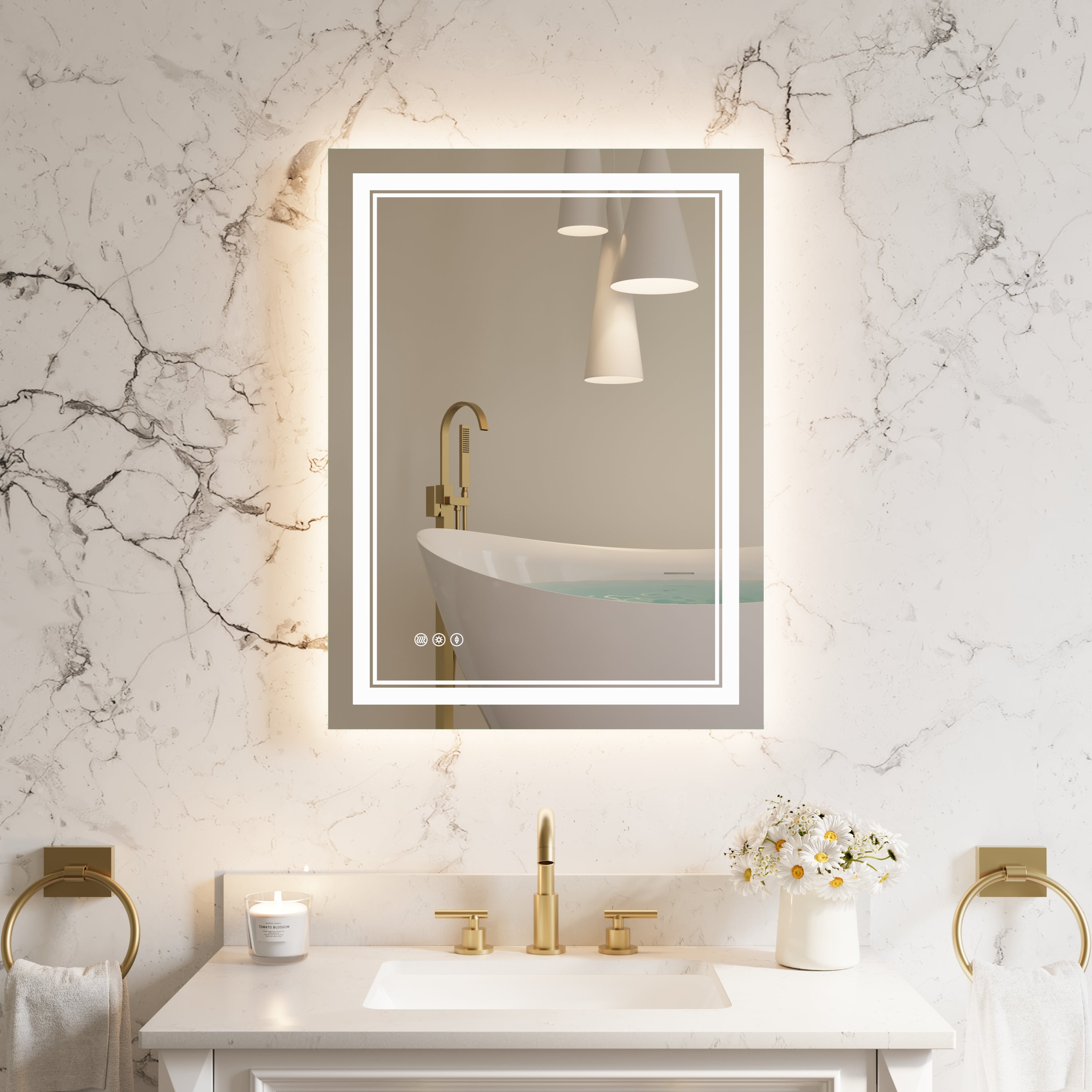
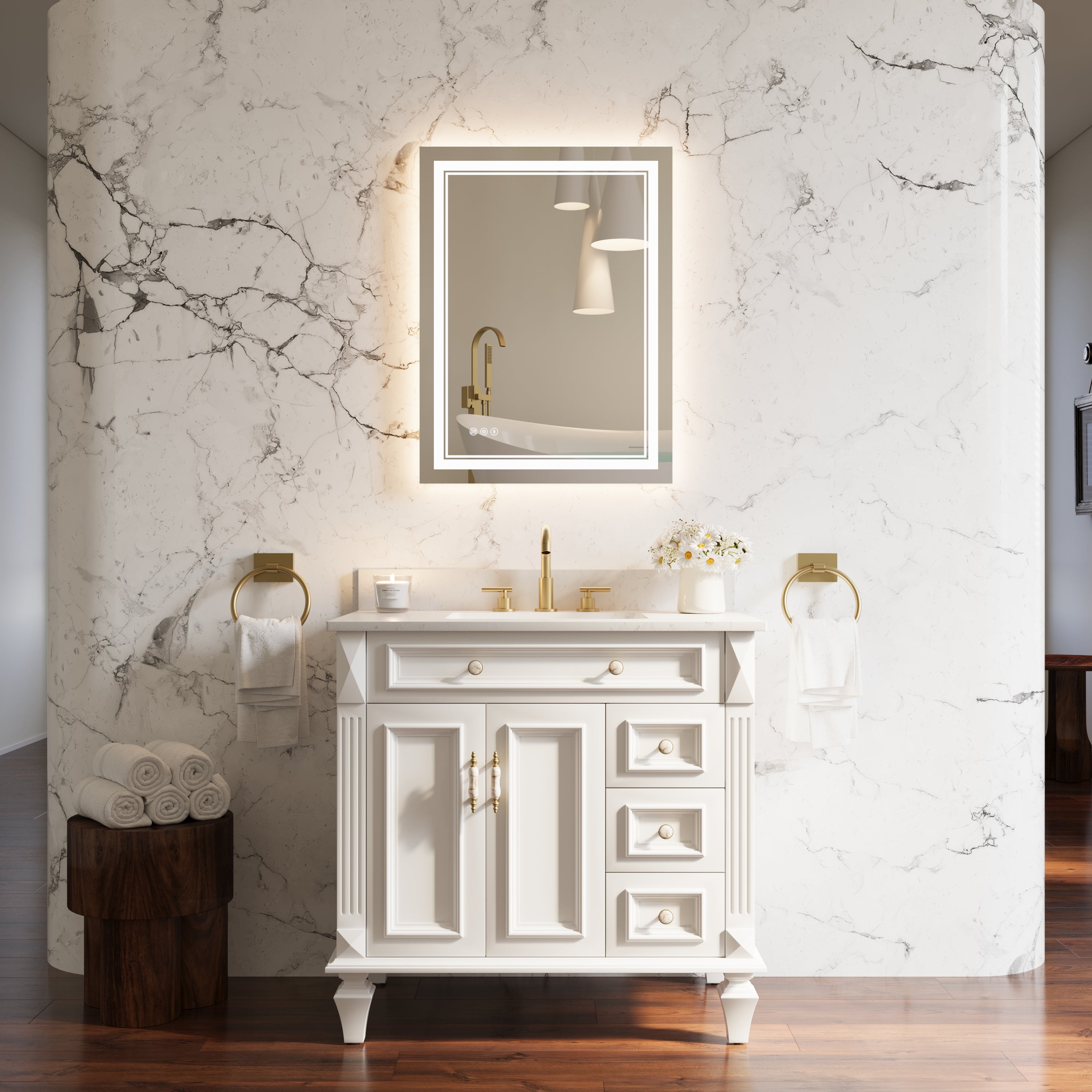
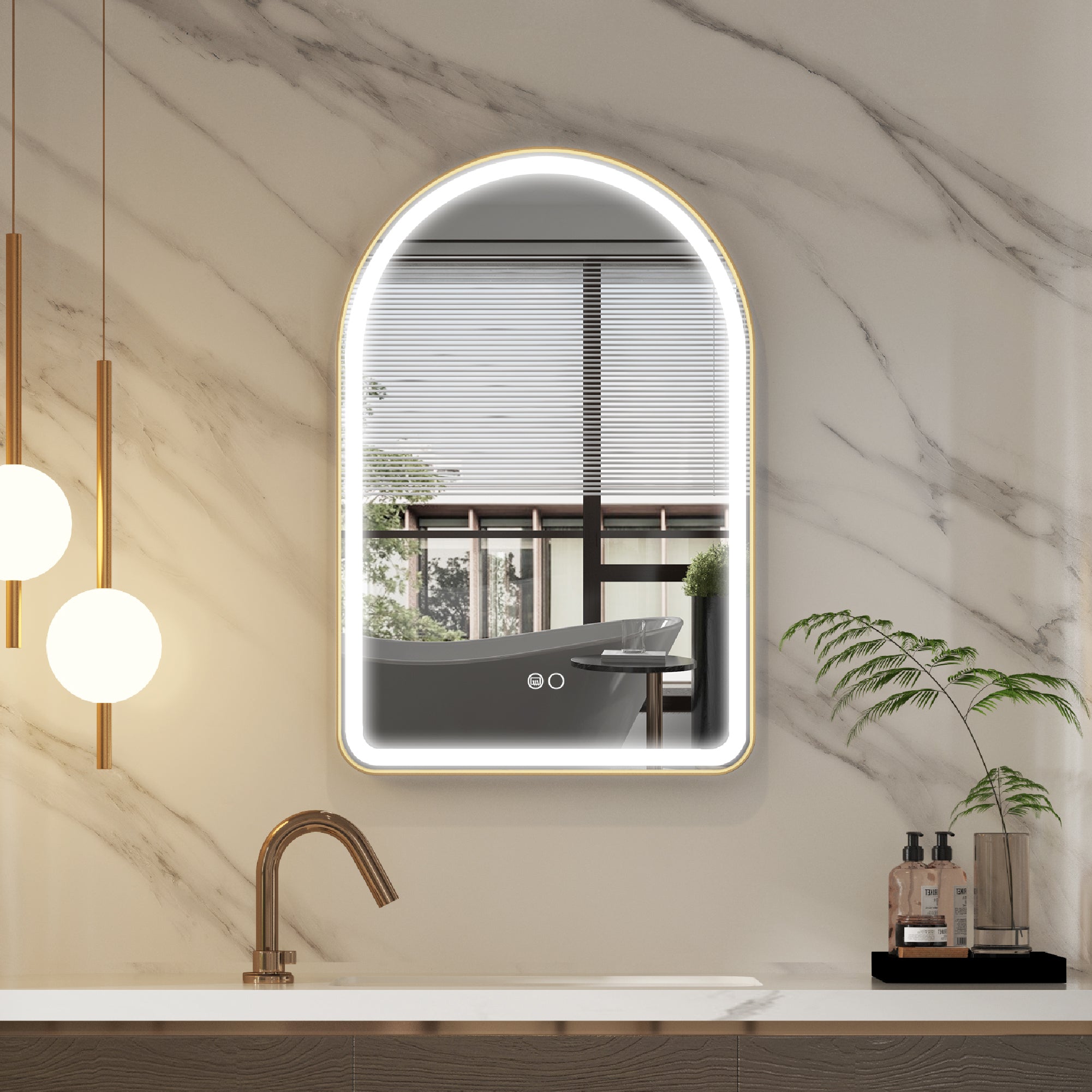

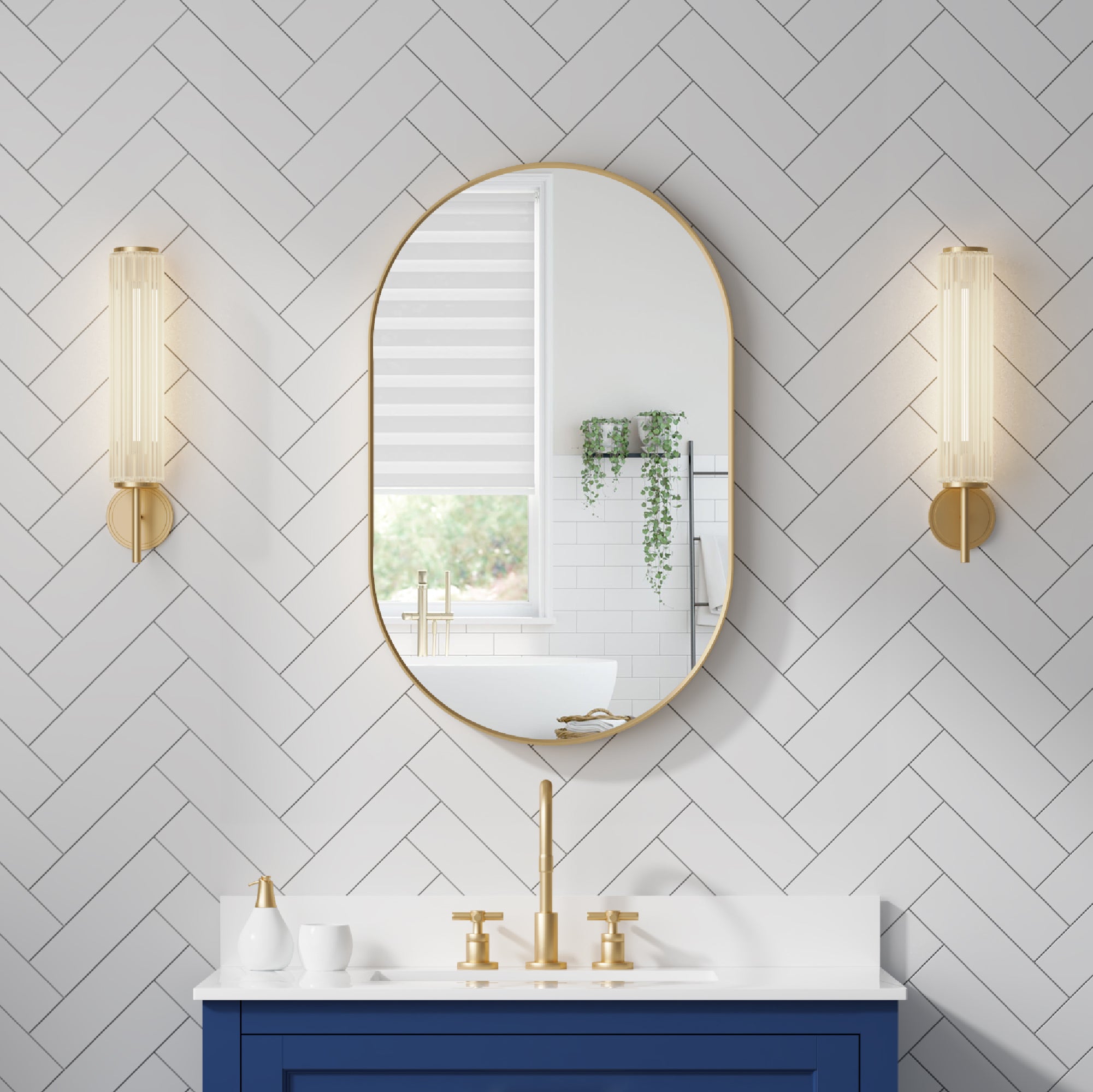

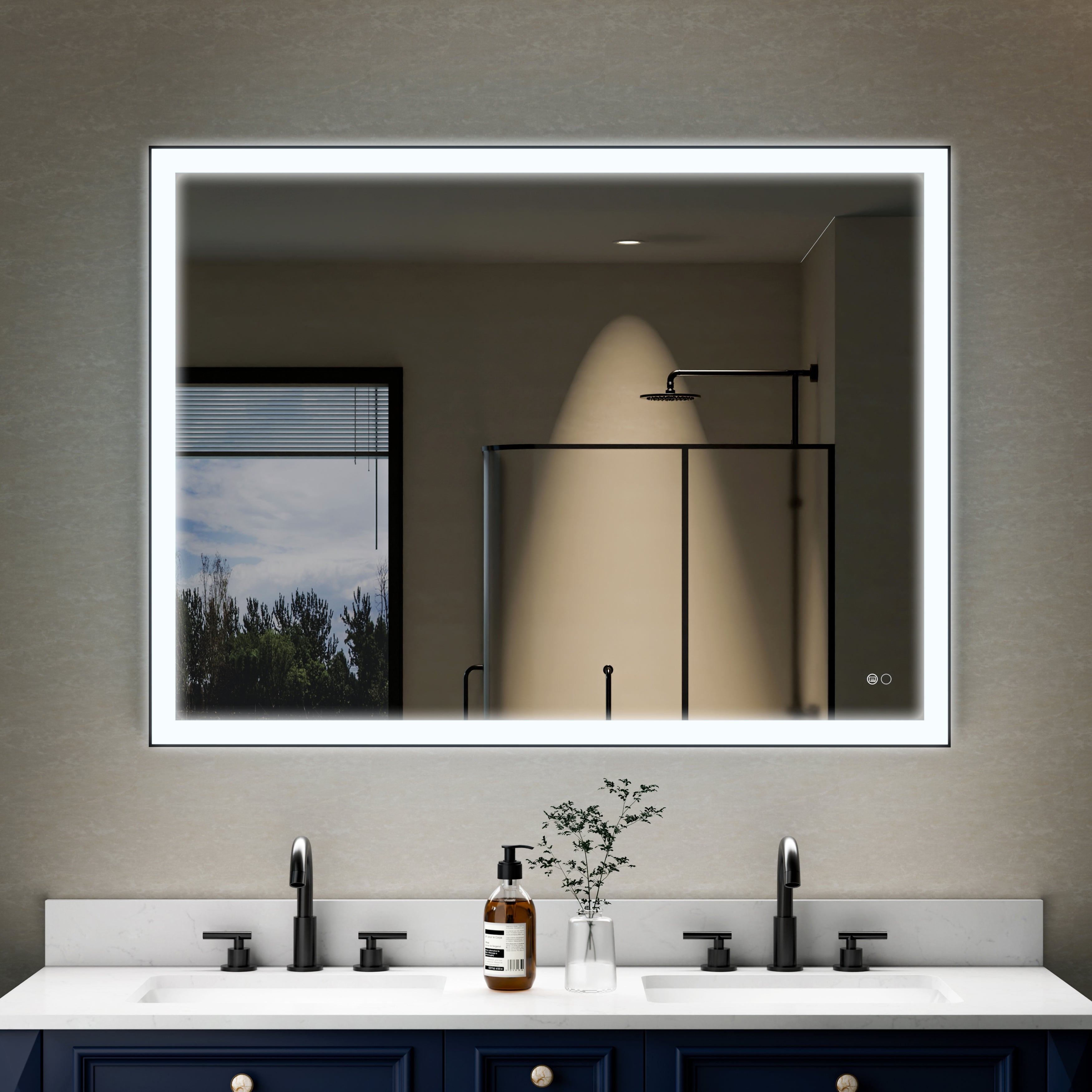
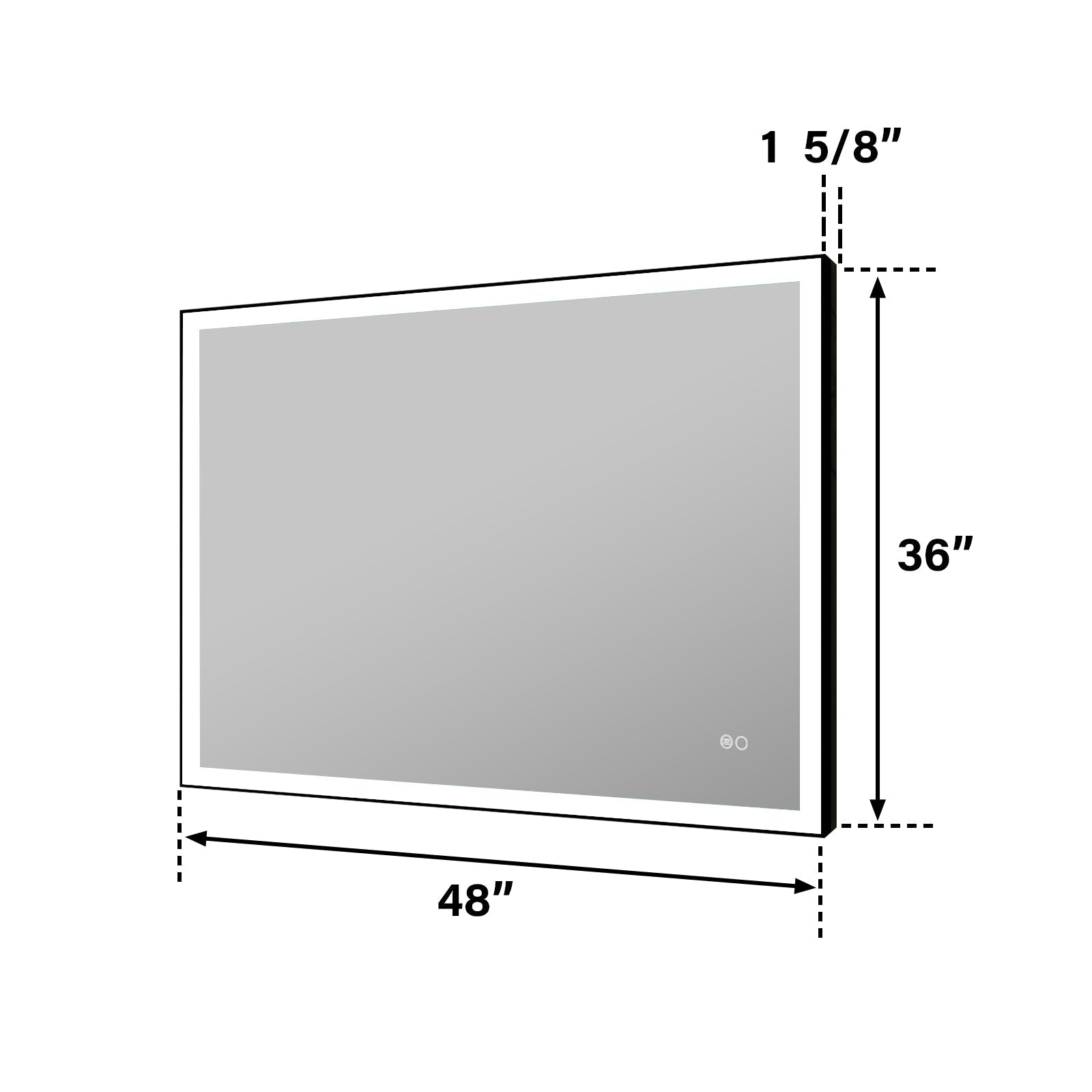
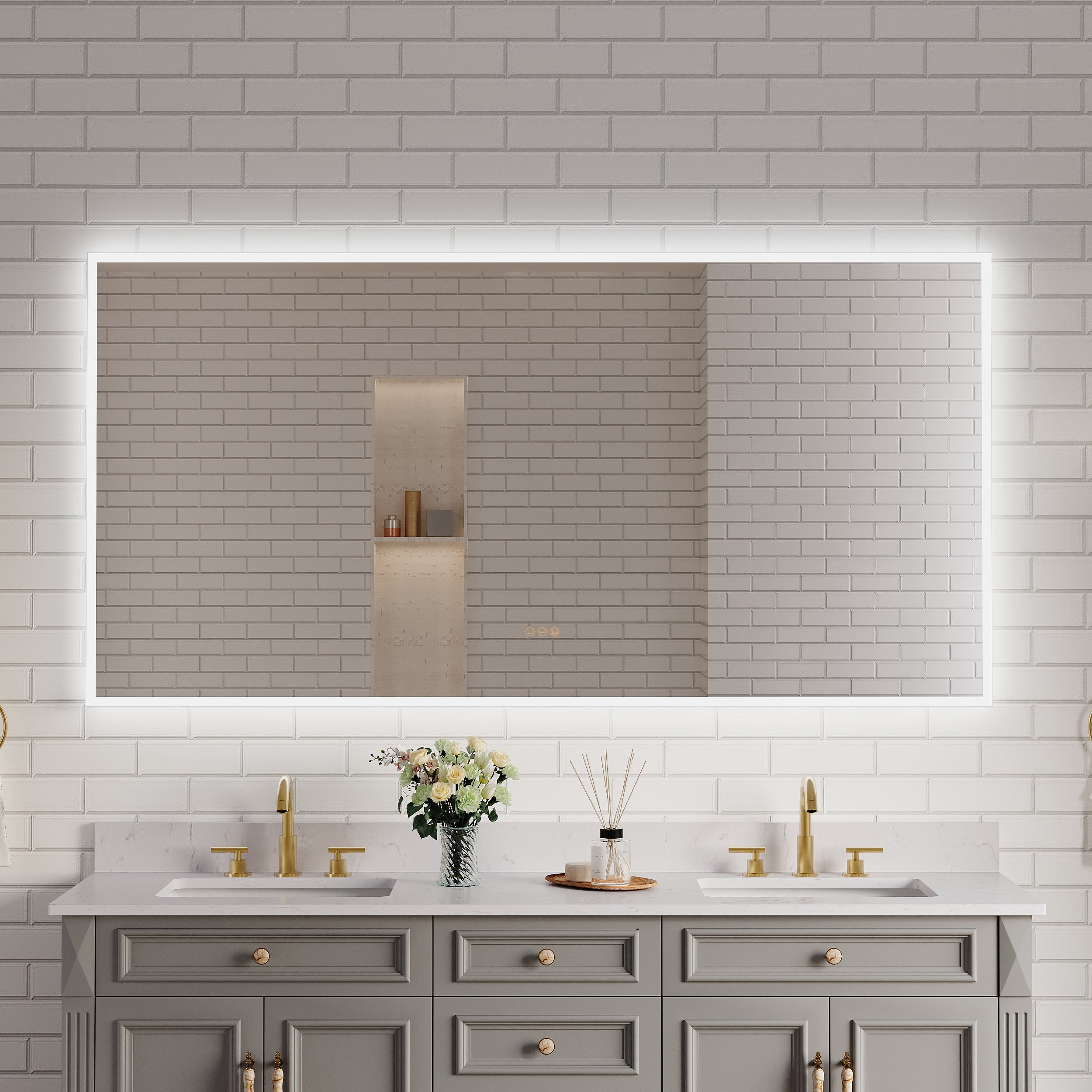

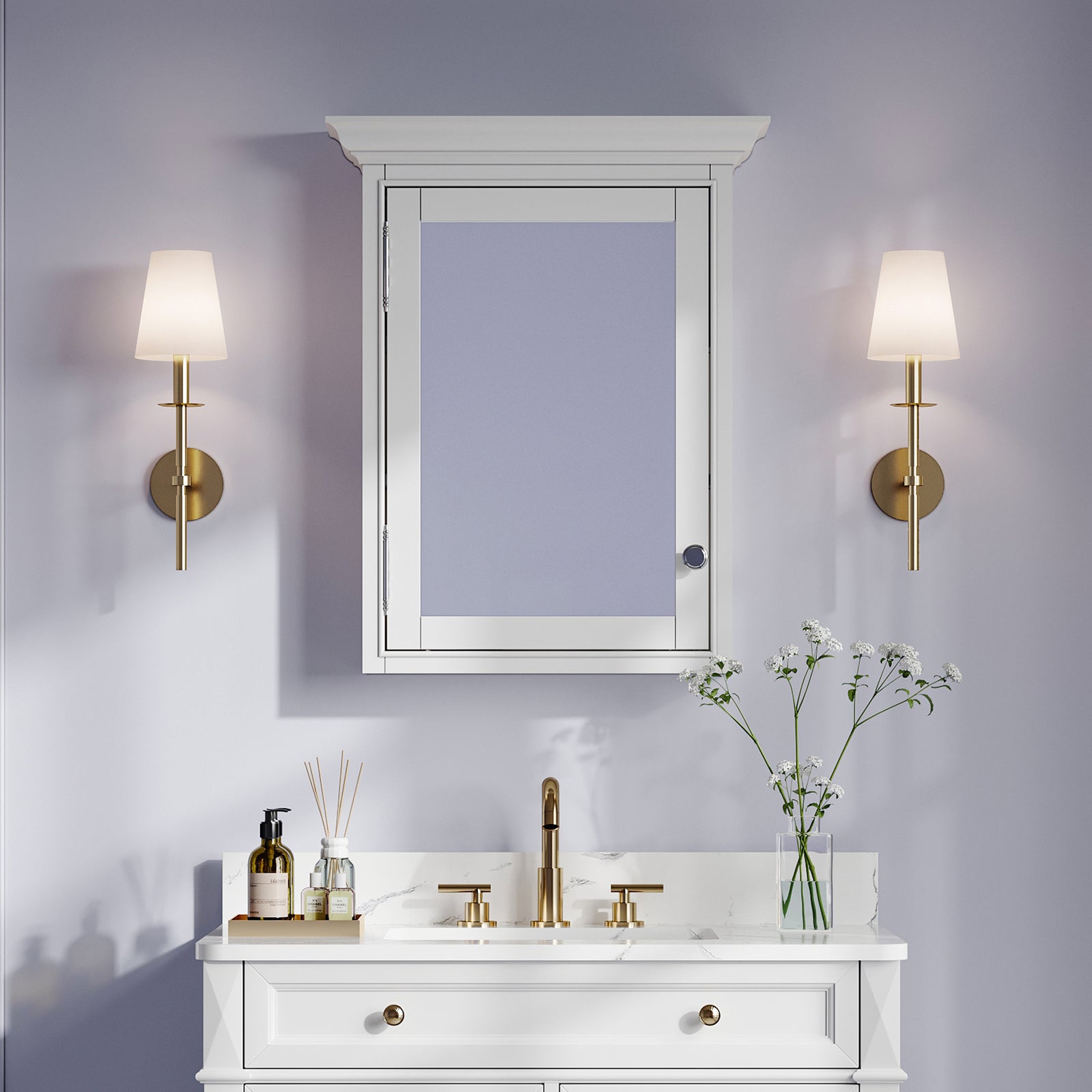
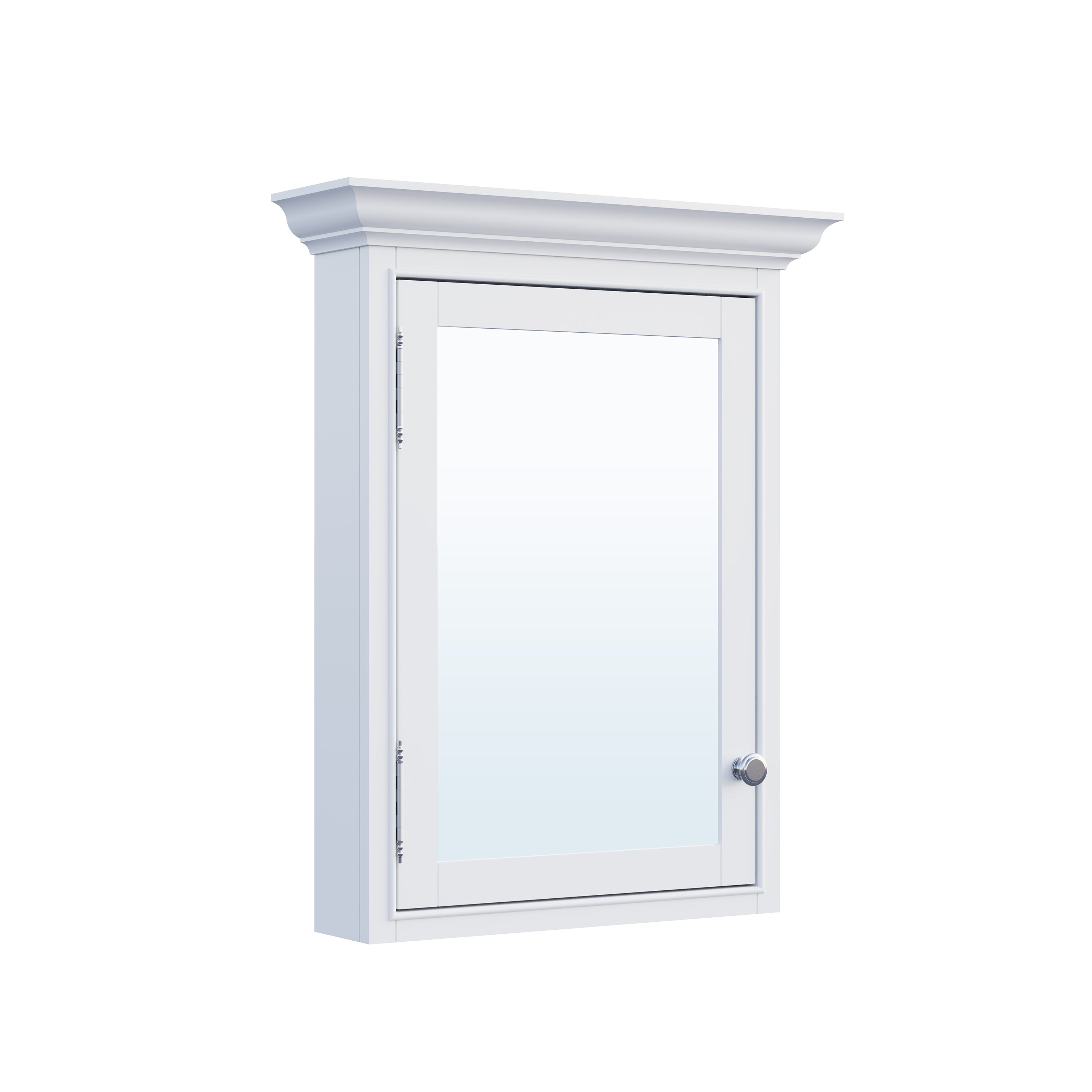
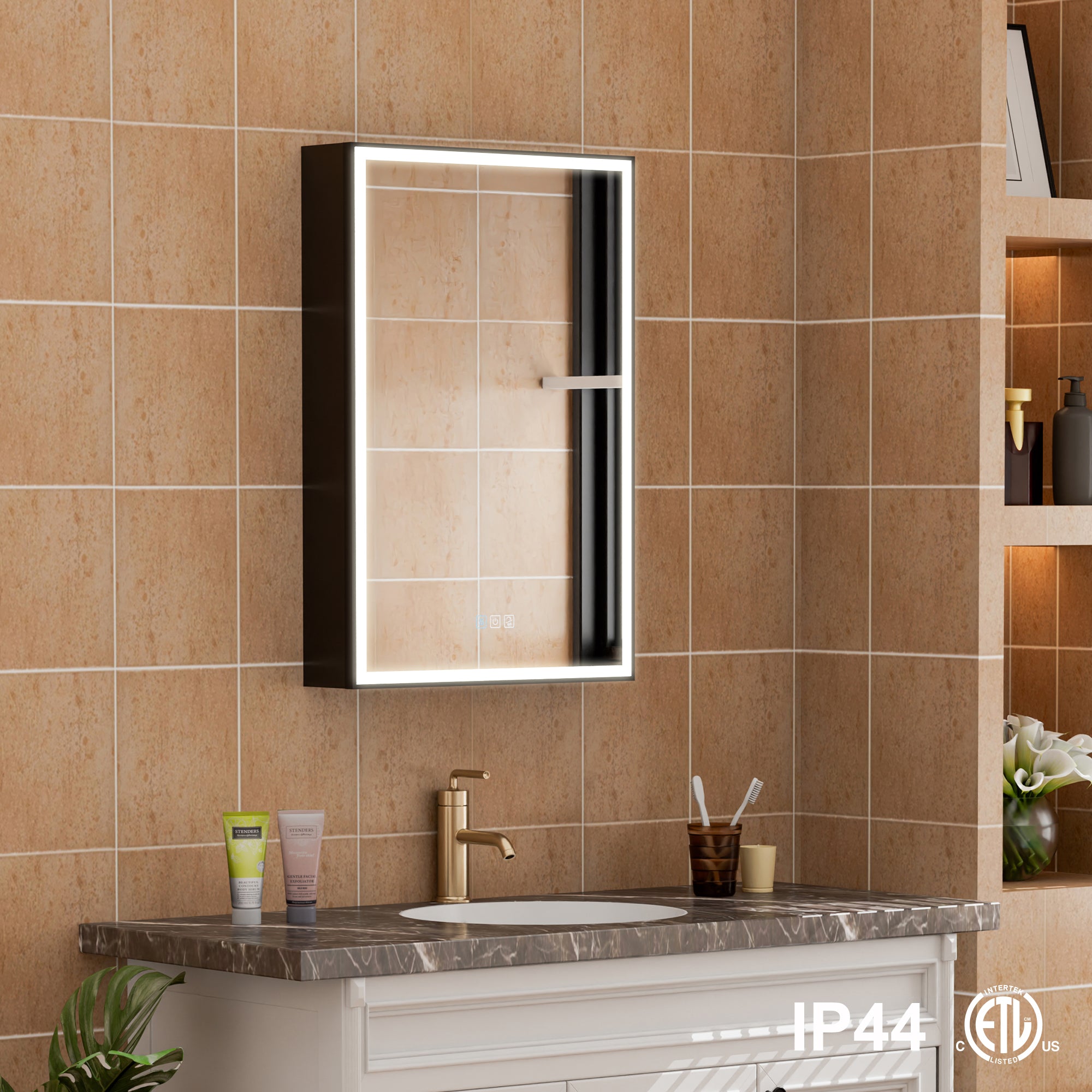

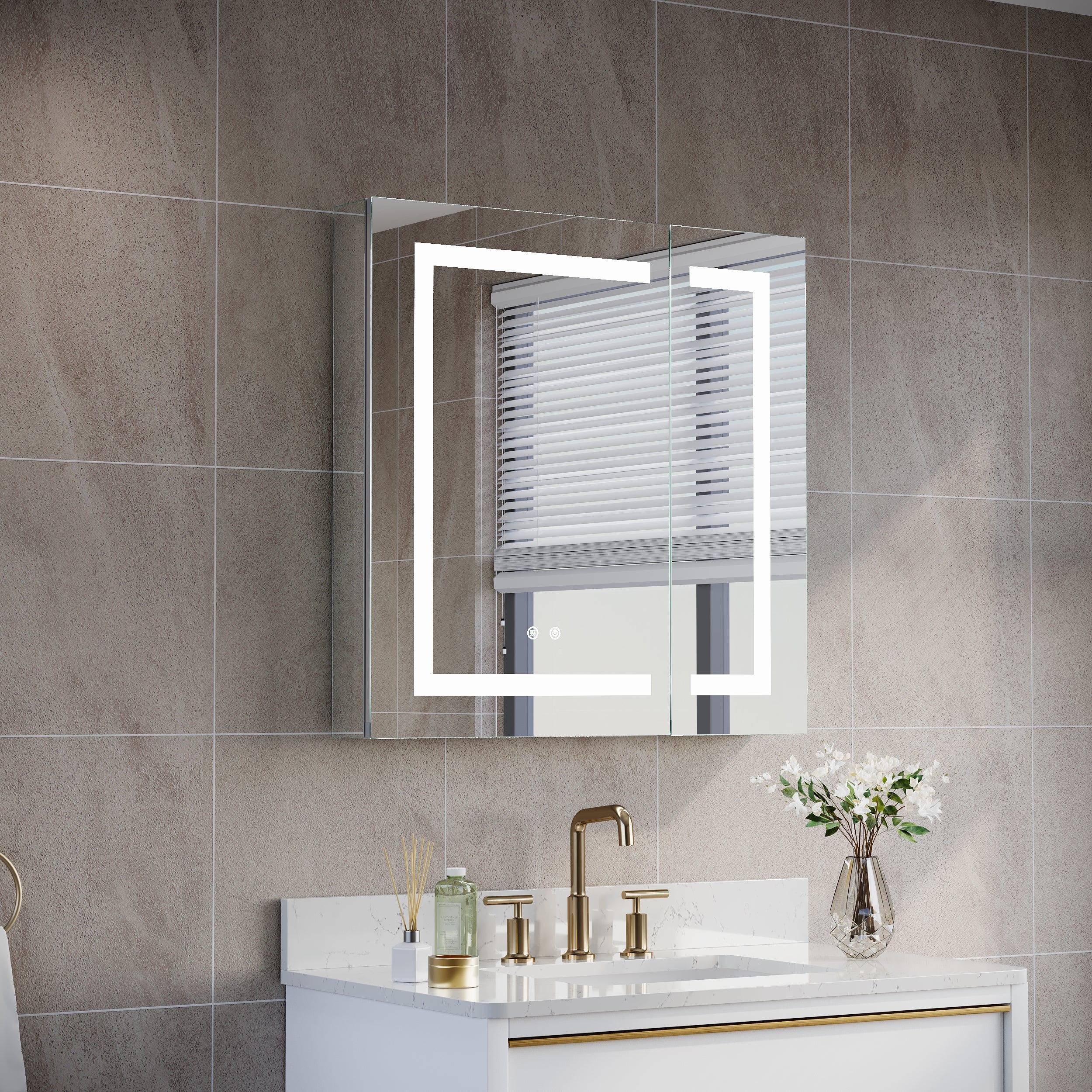
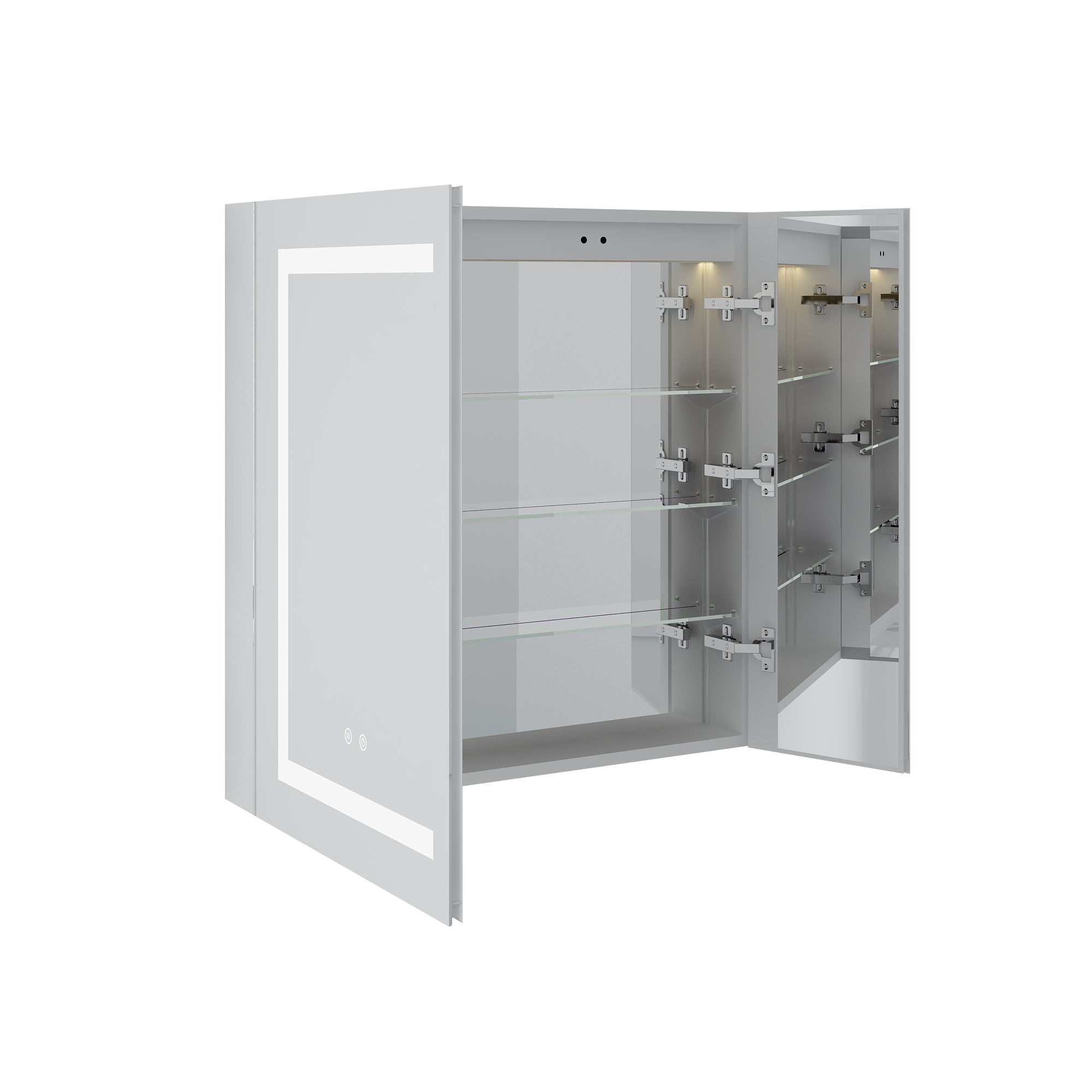


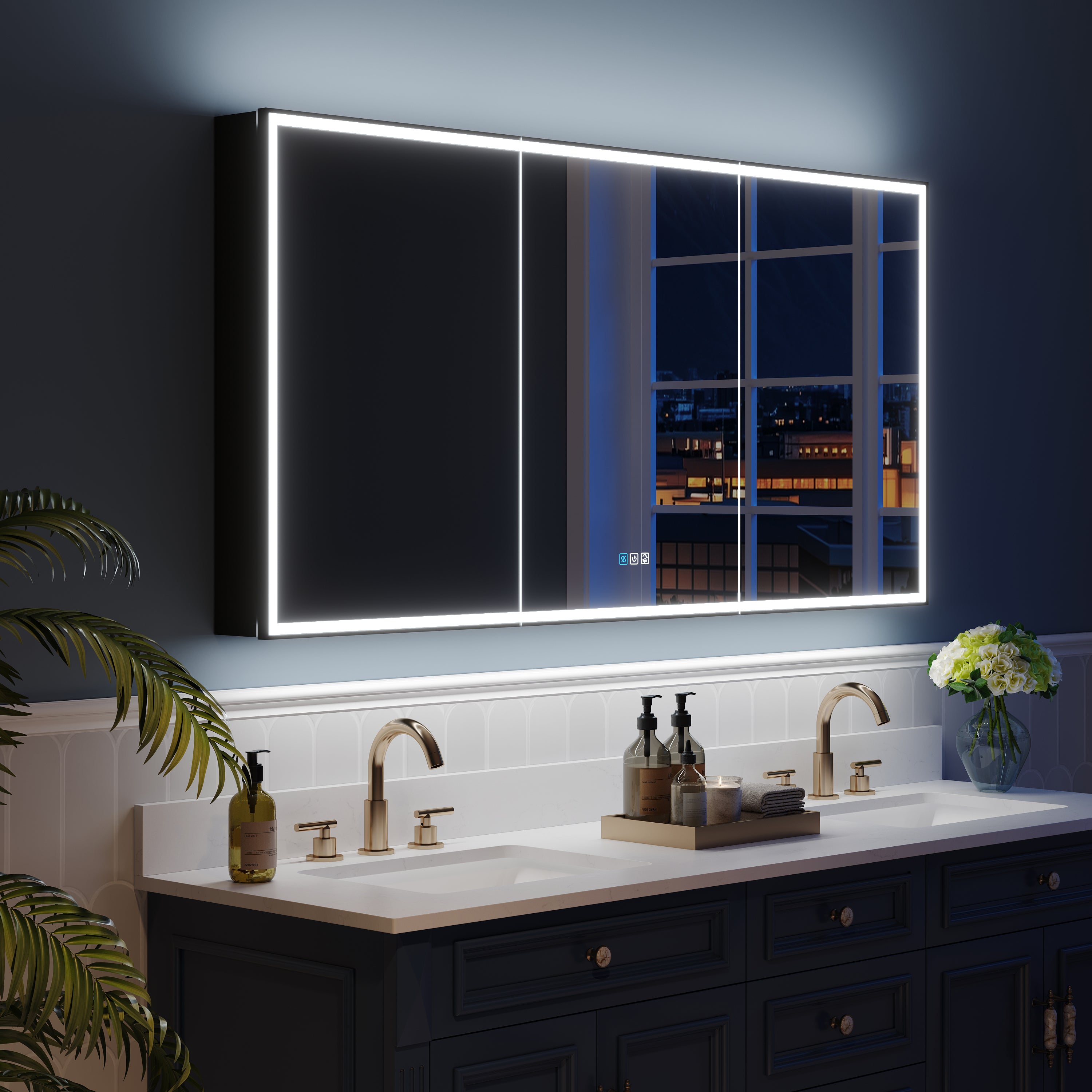
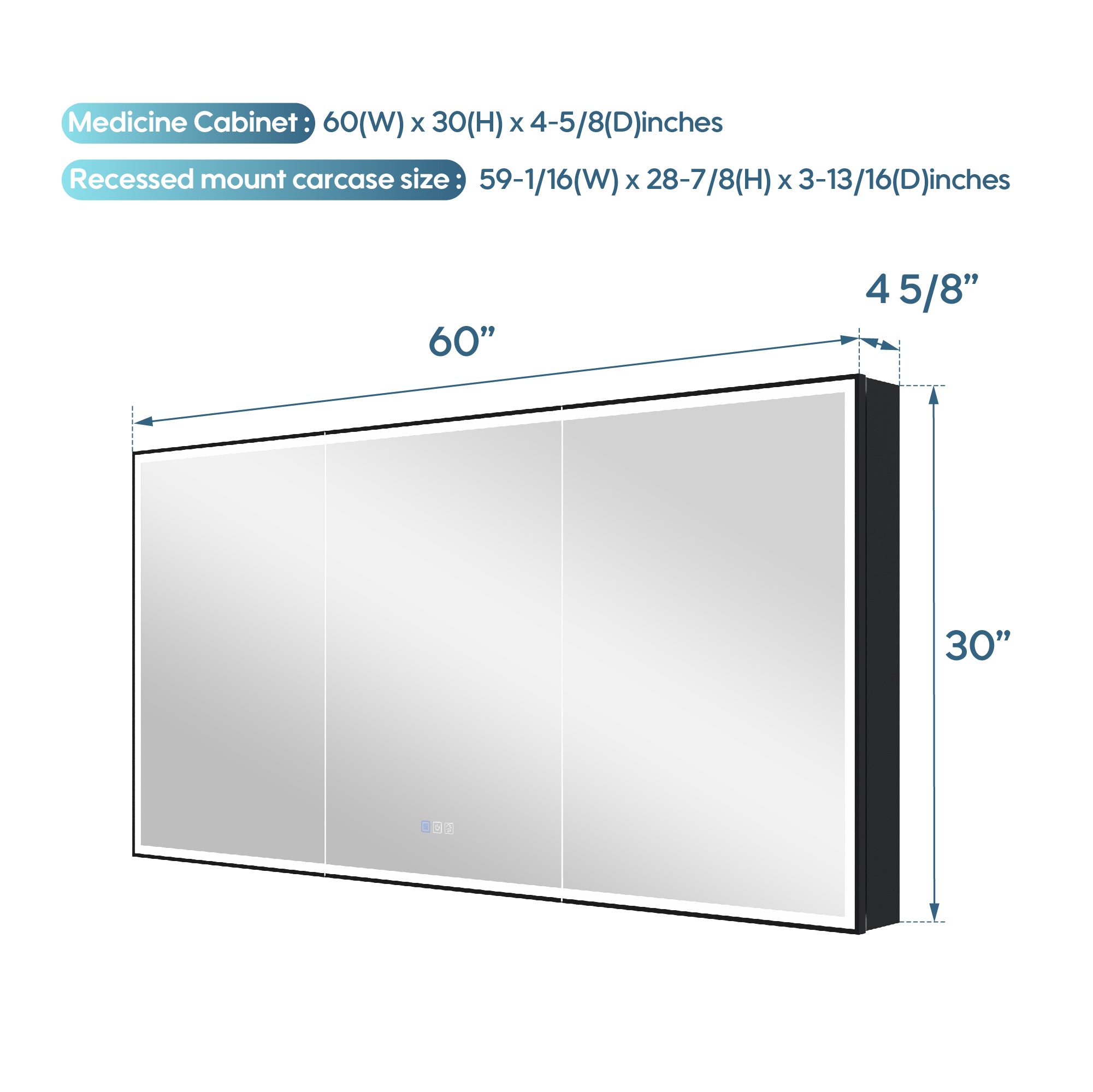
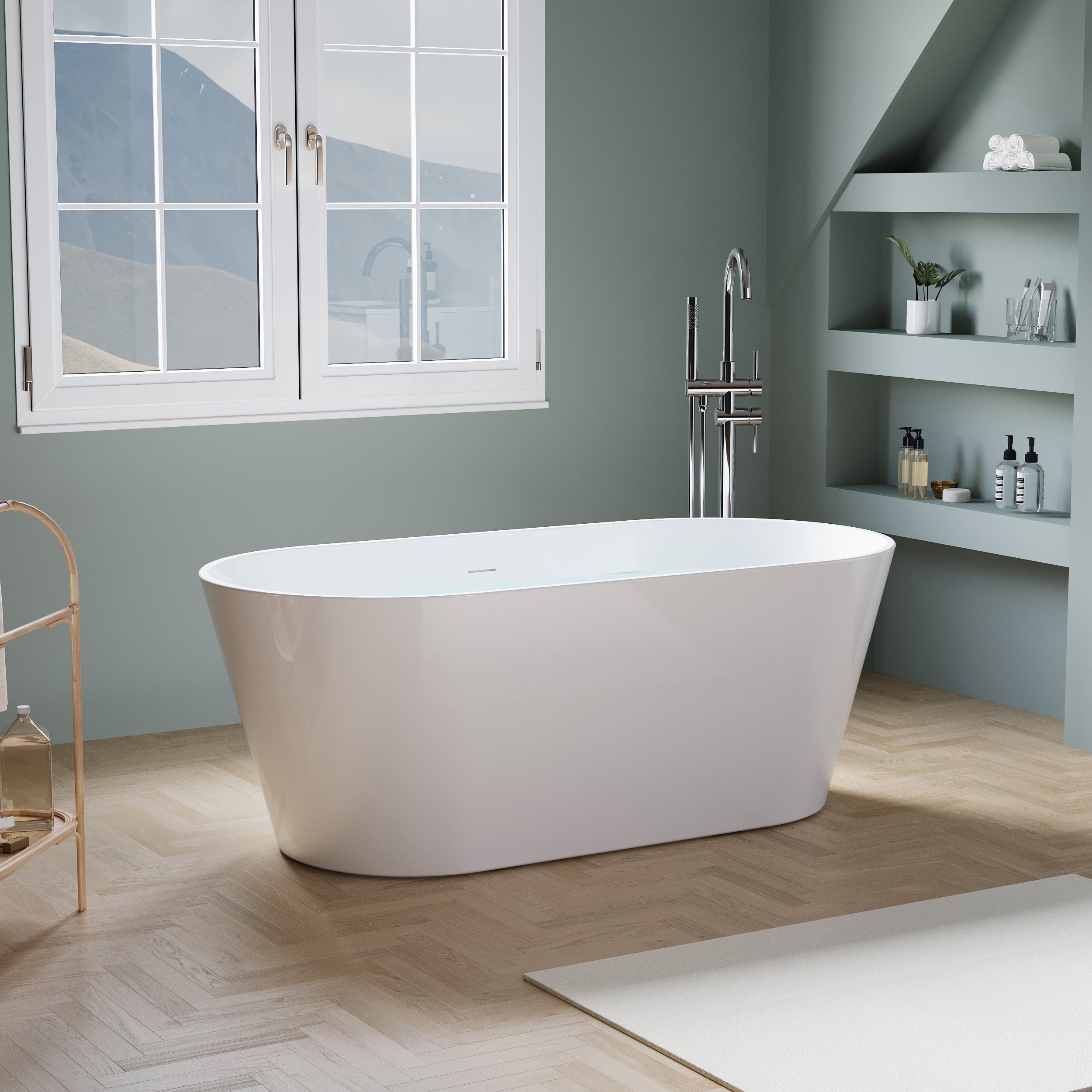



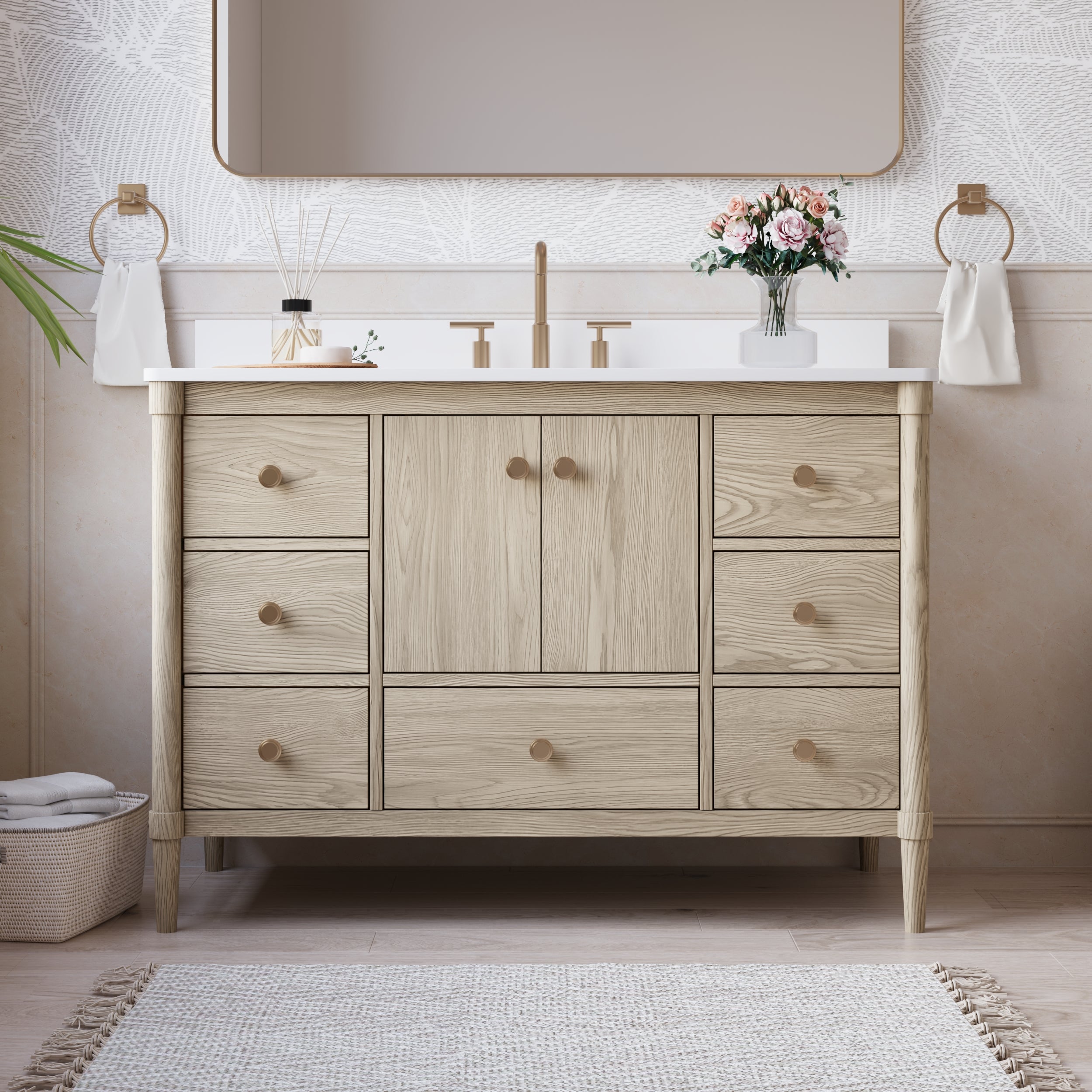
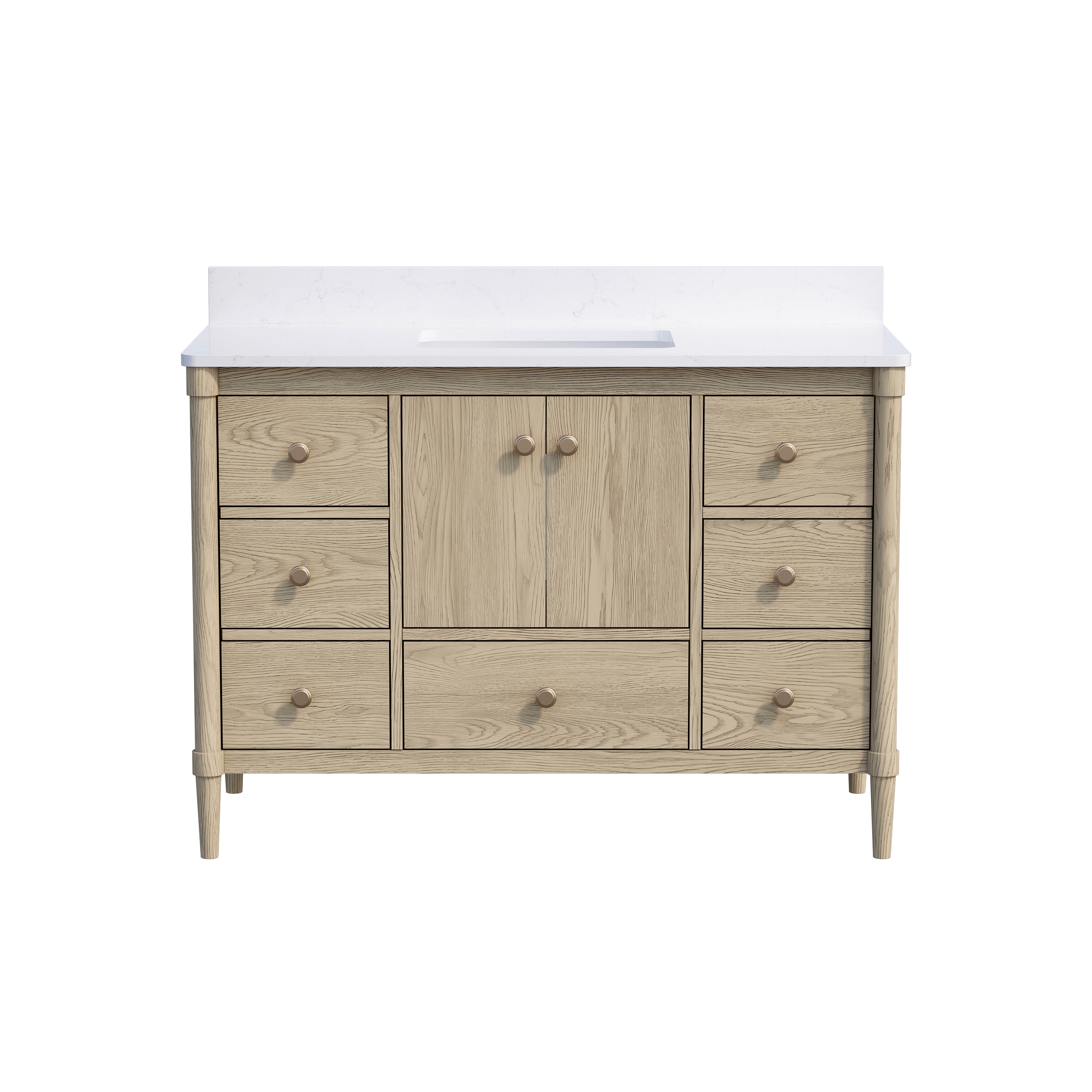
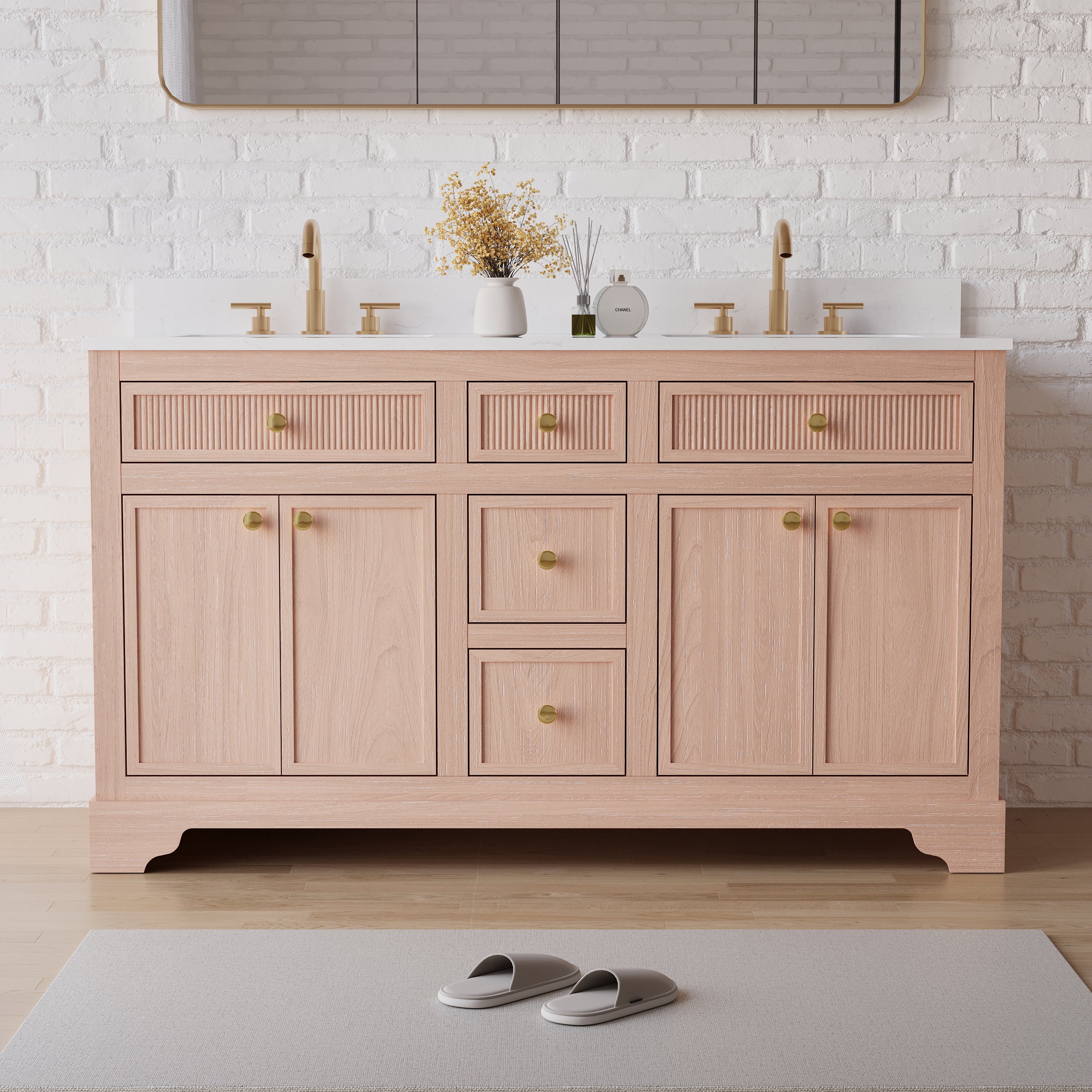
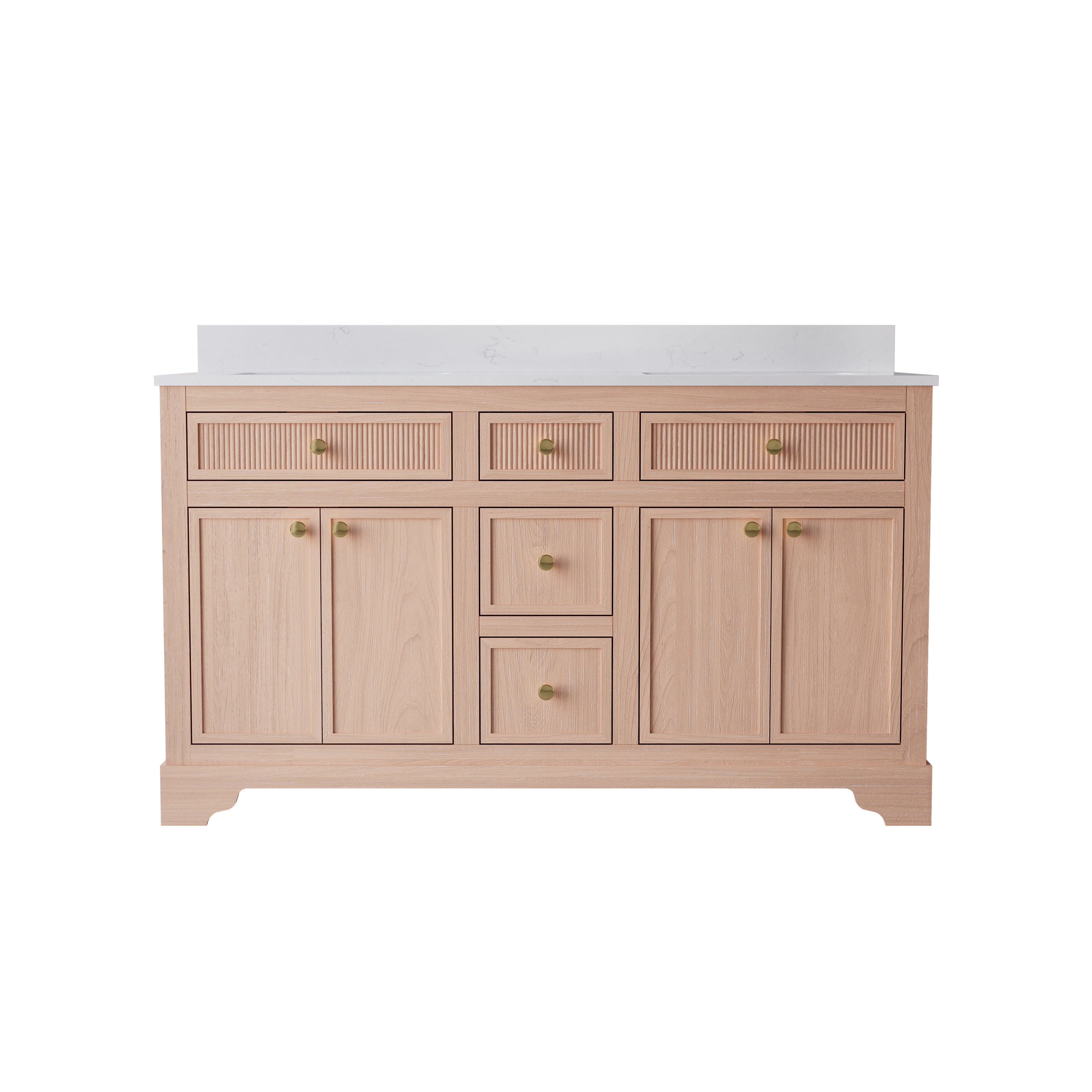
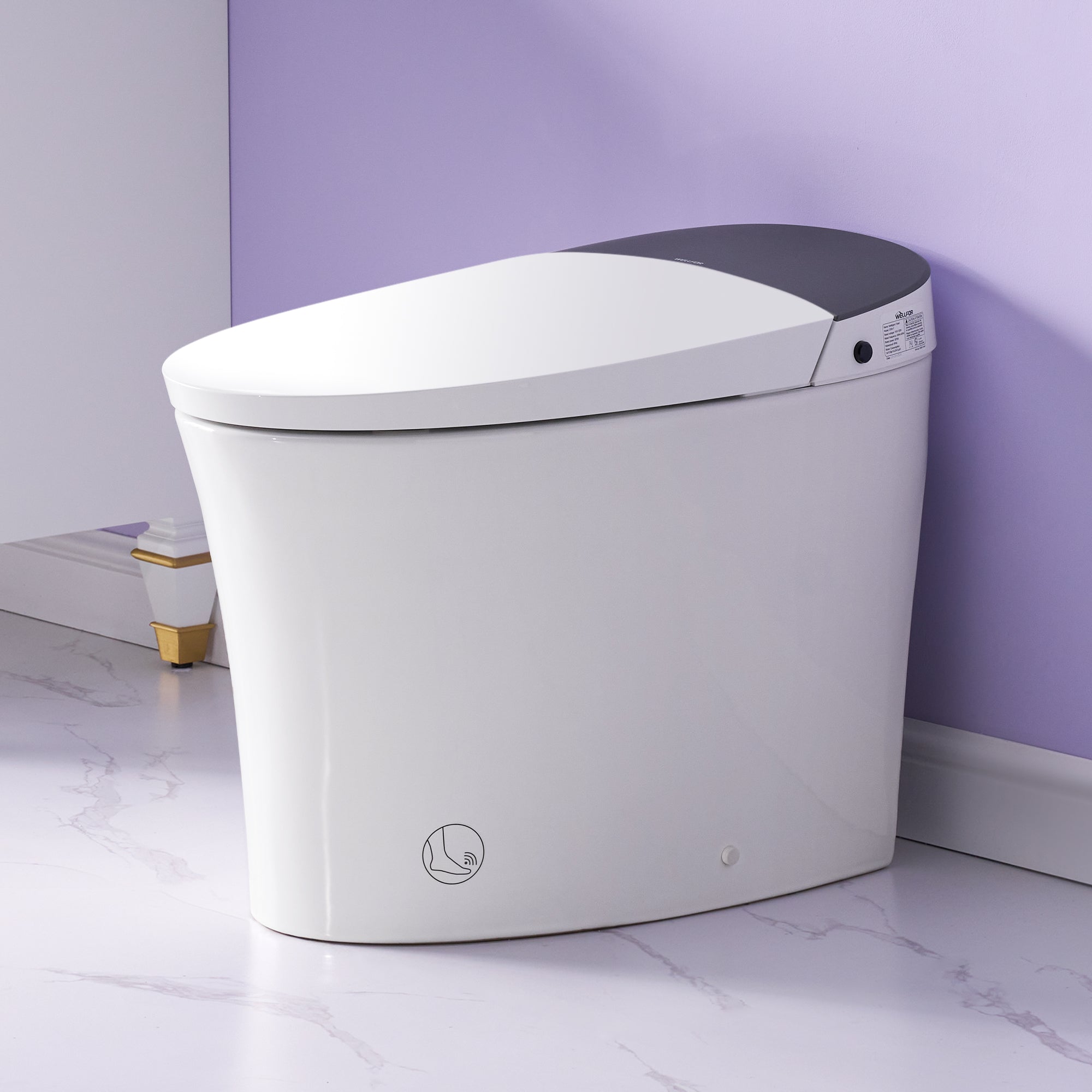
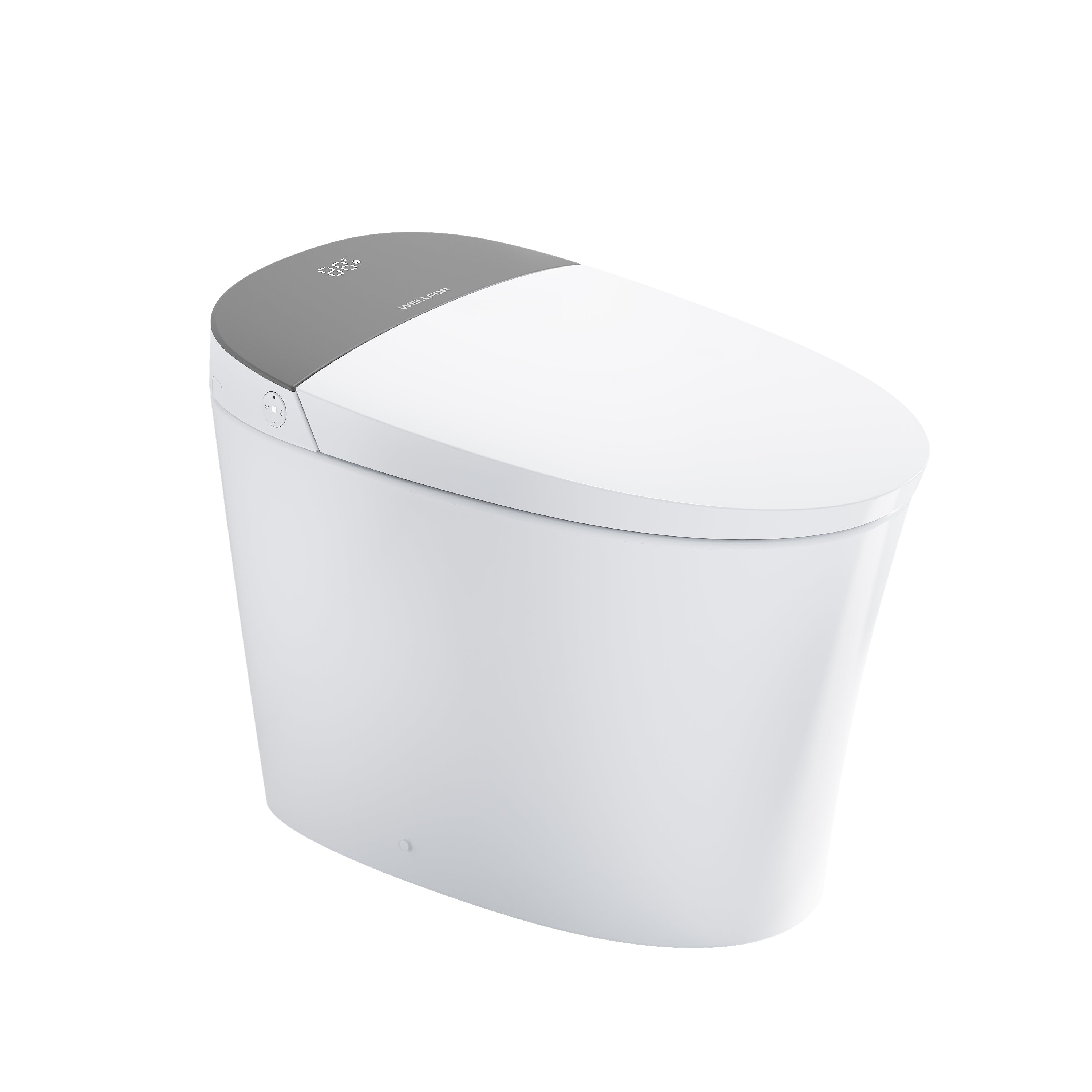
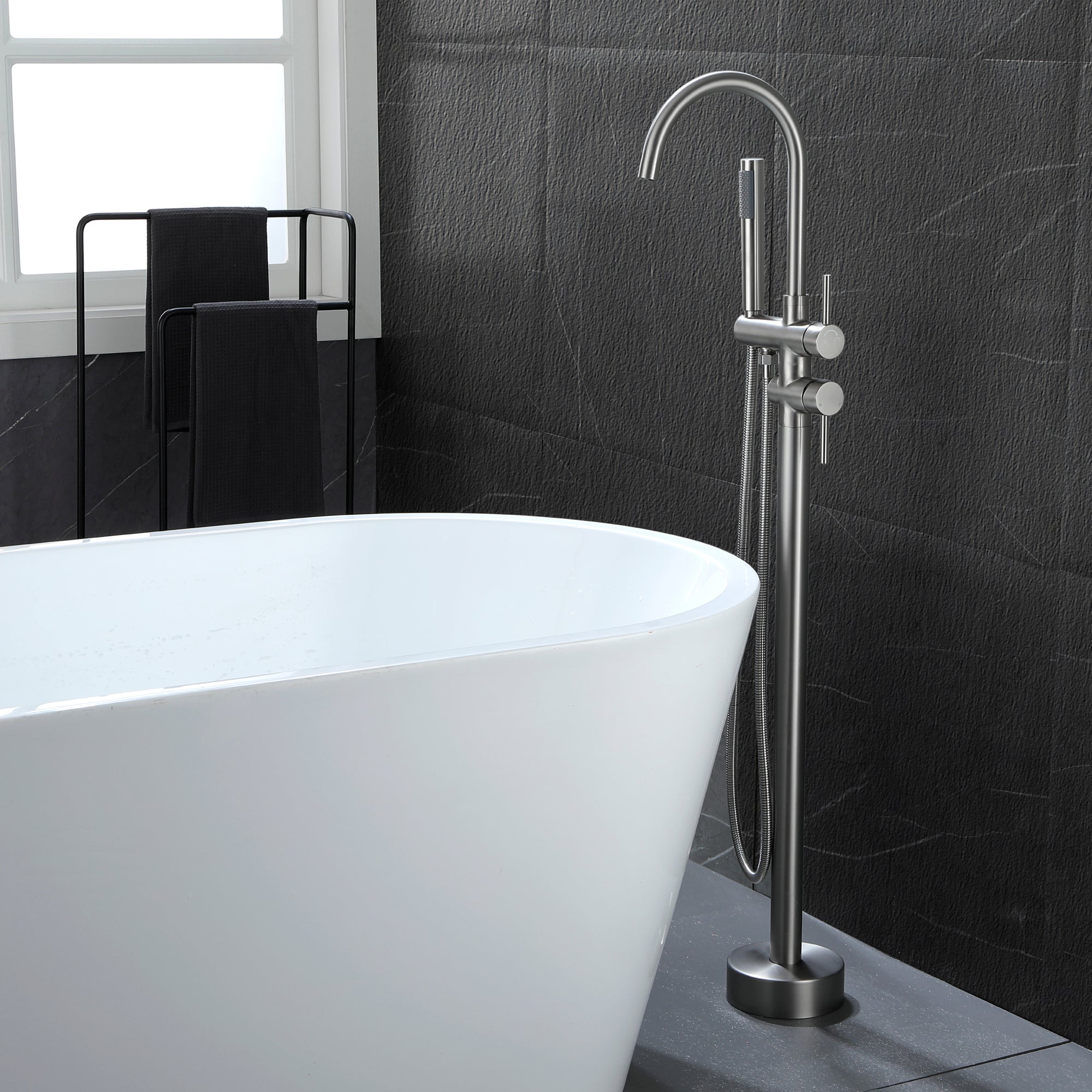

Leave a comment
This site is protected by hCaptcha and the hCaptcha Privacy Policy and Terms of Service apply.